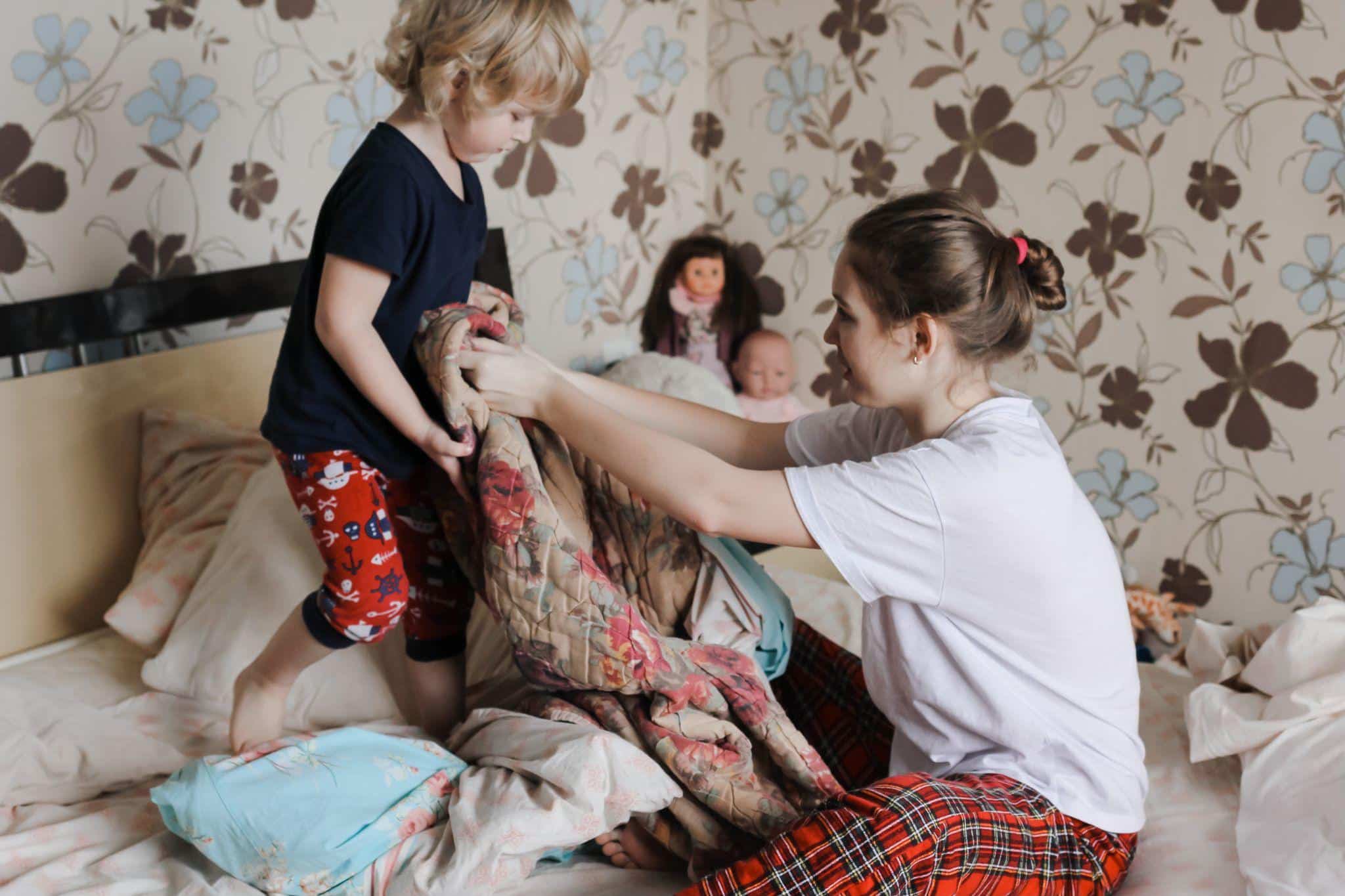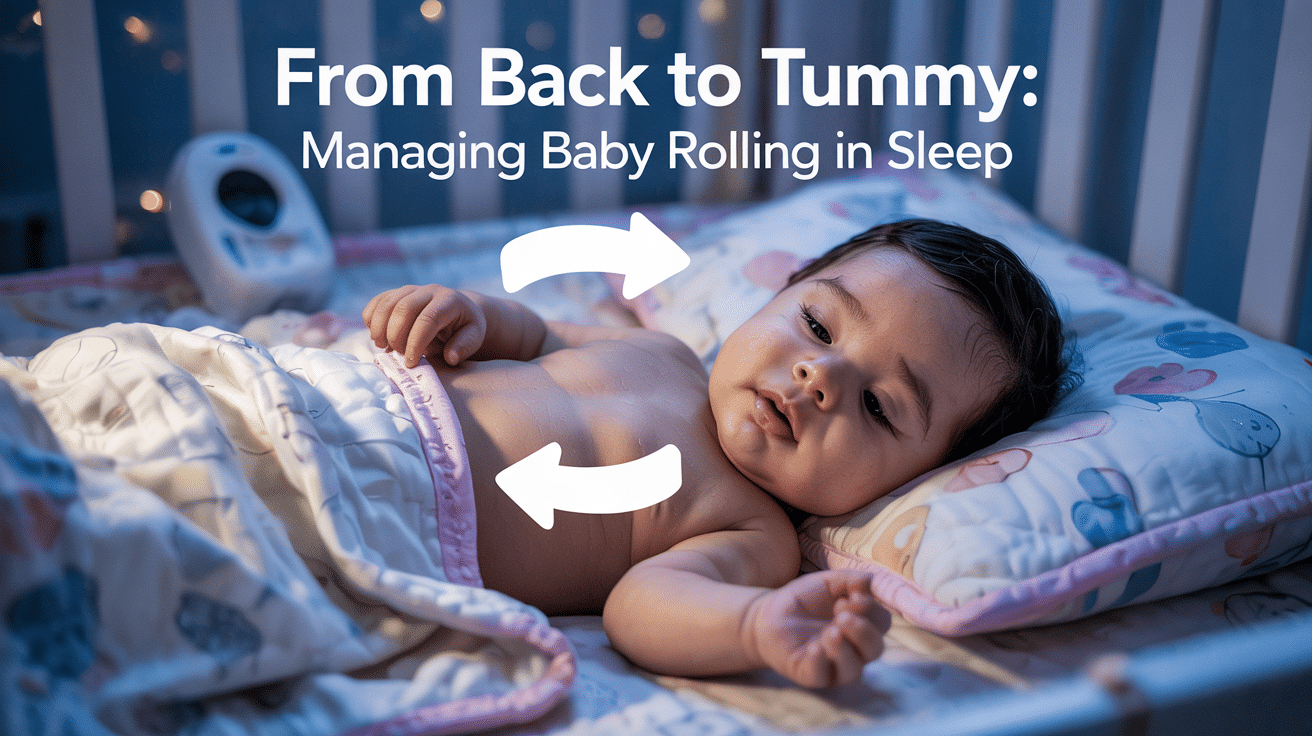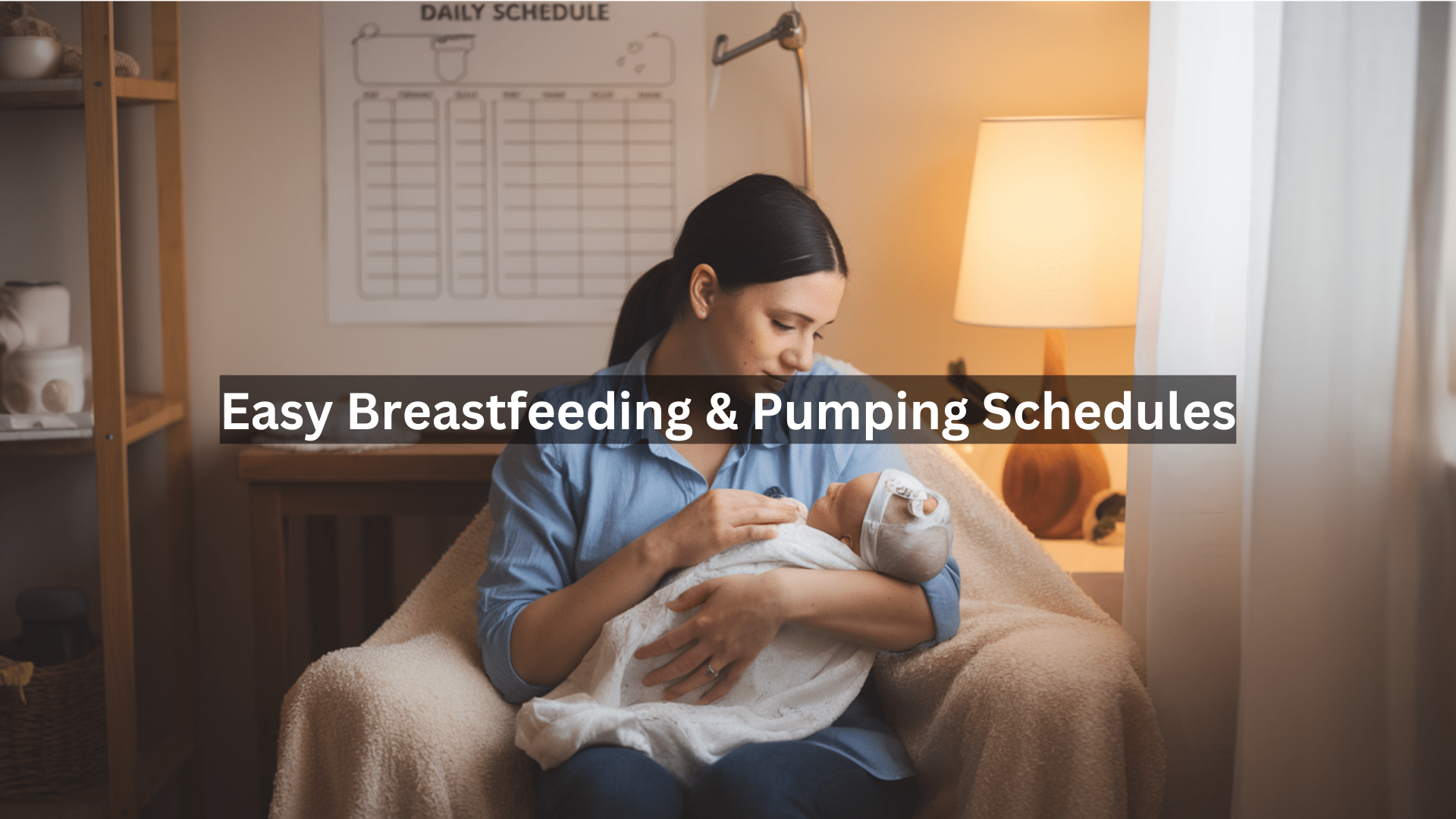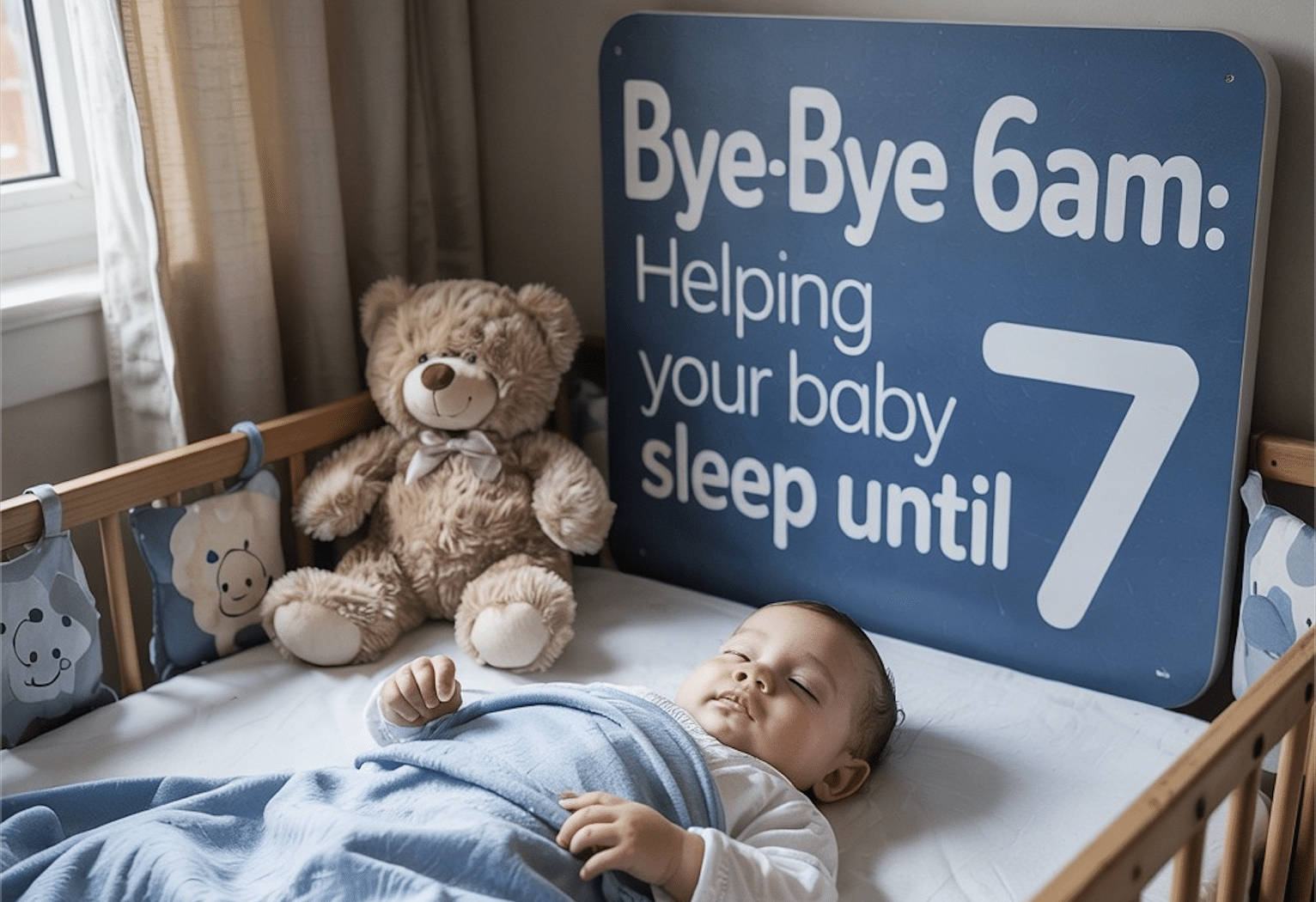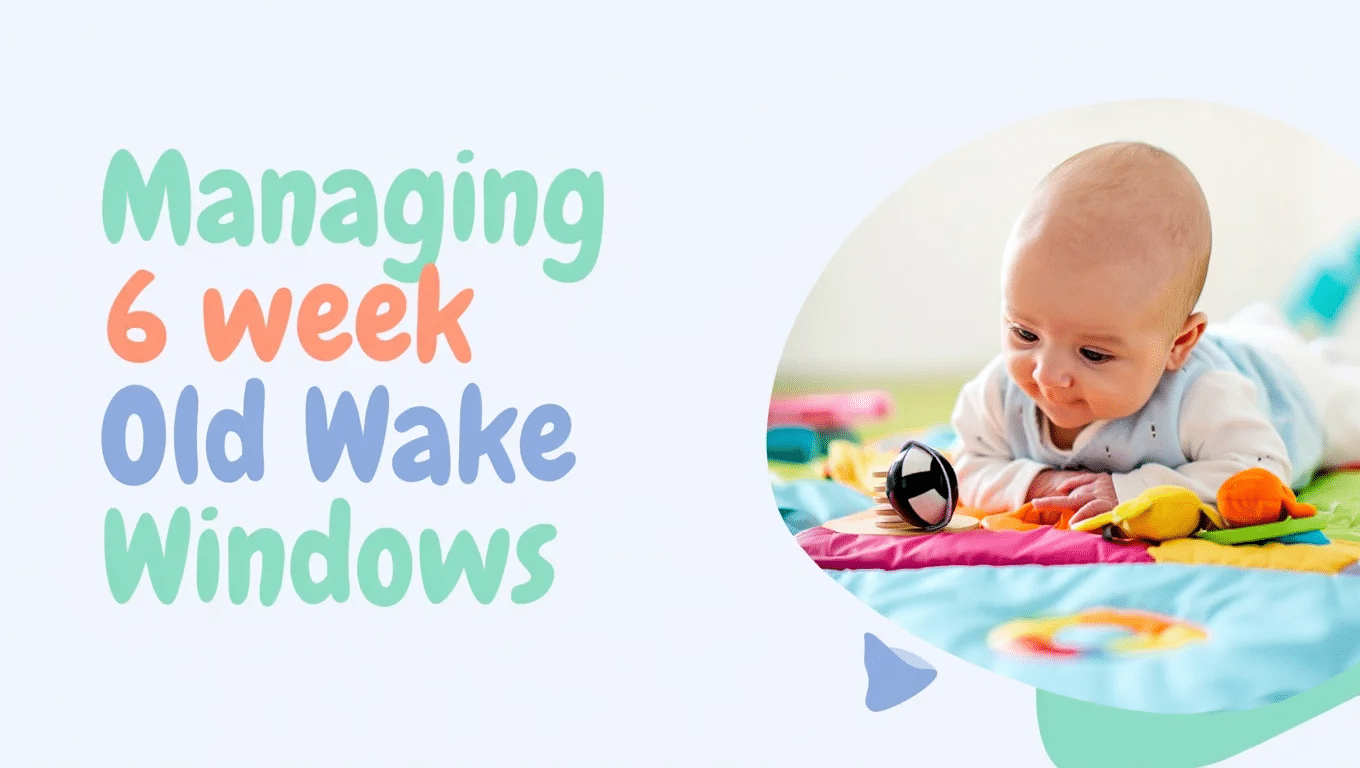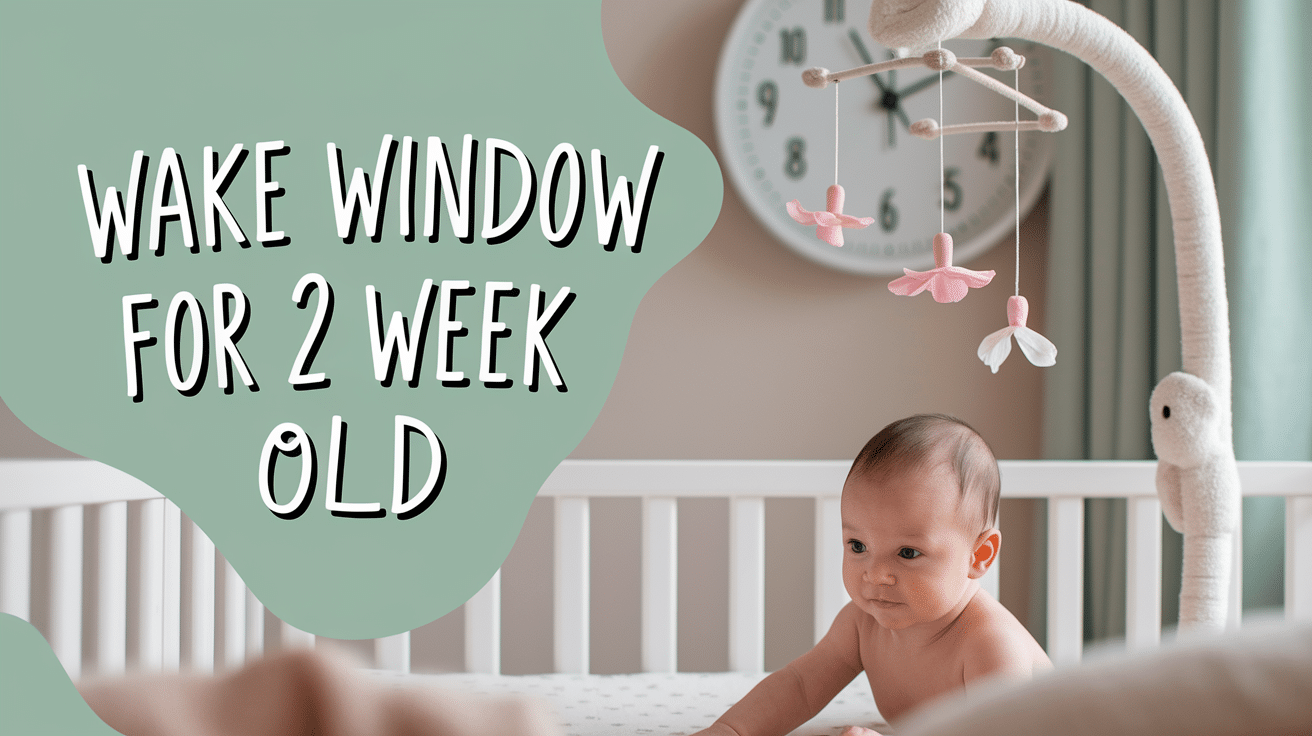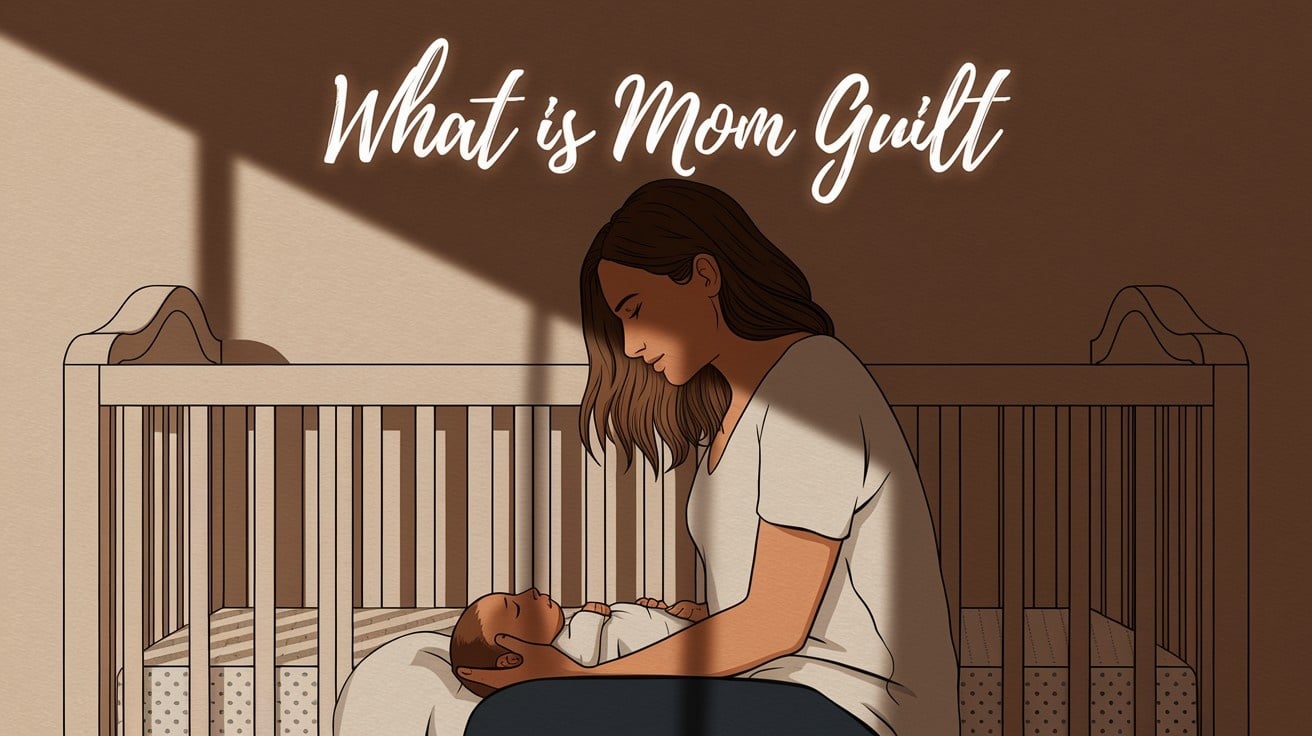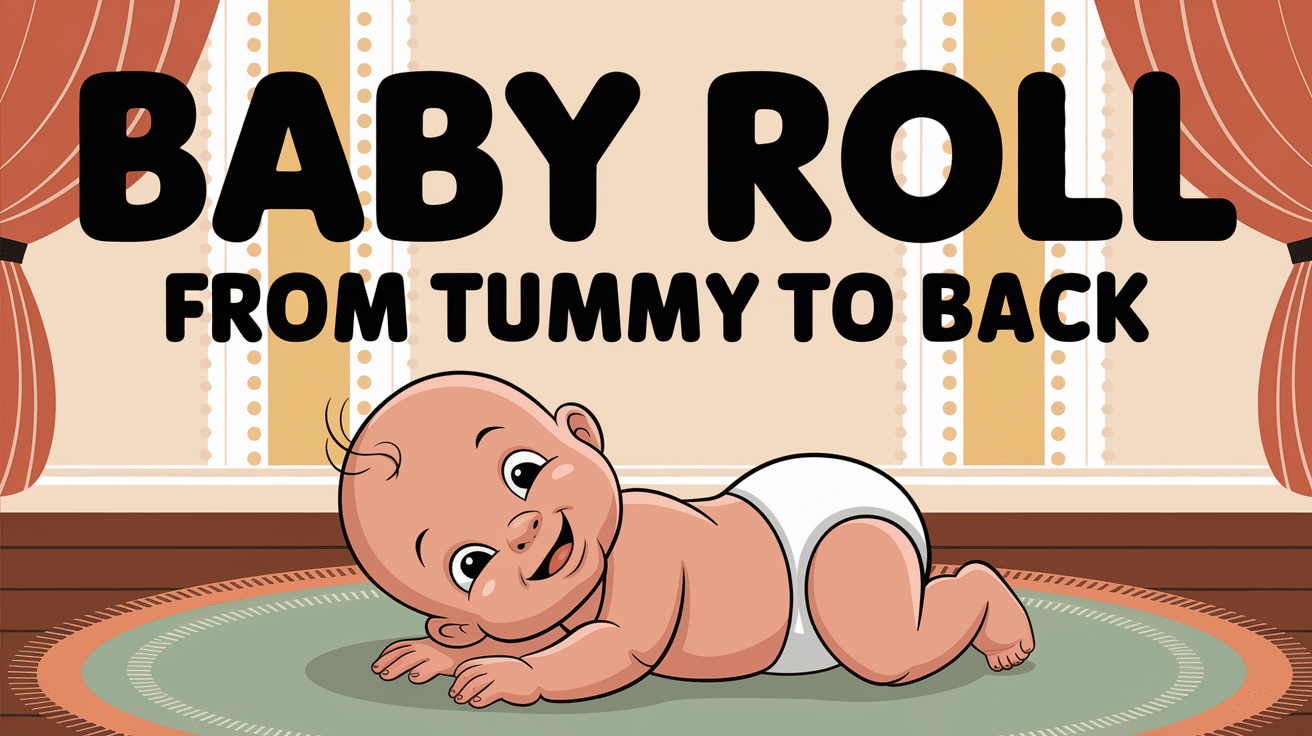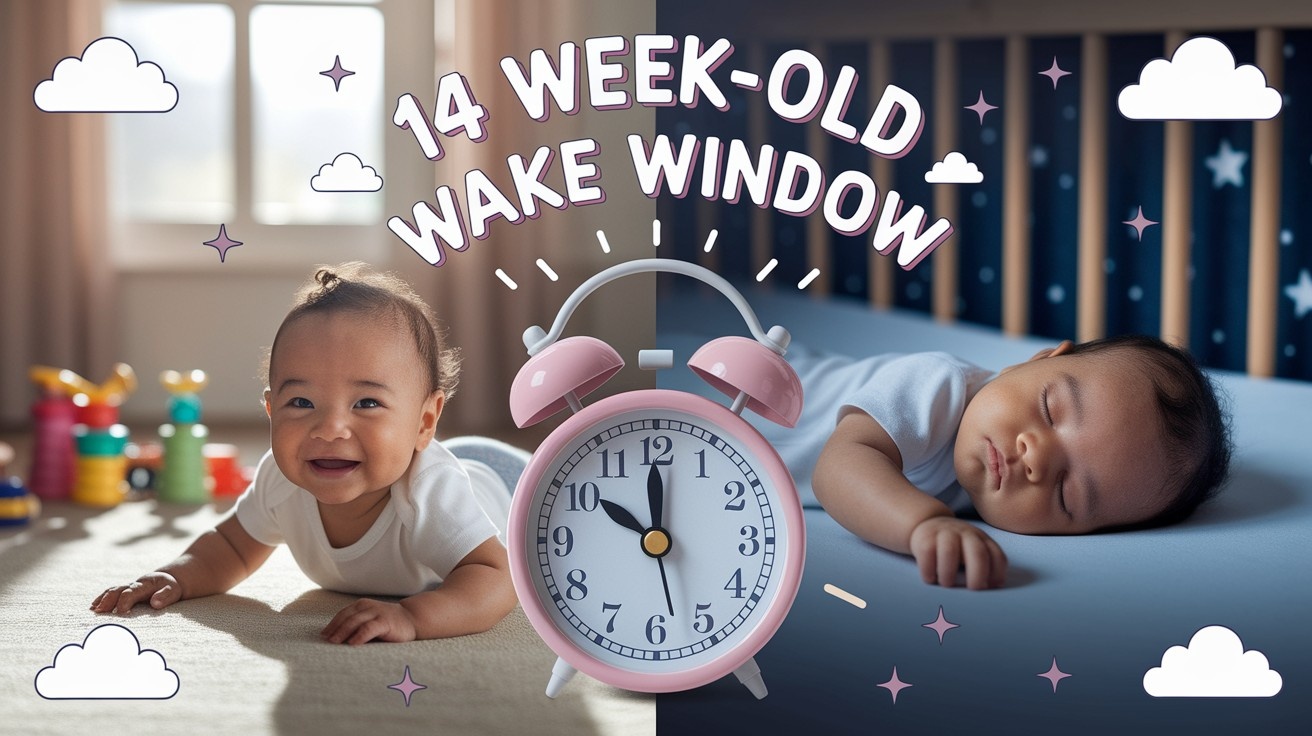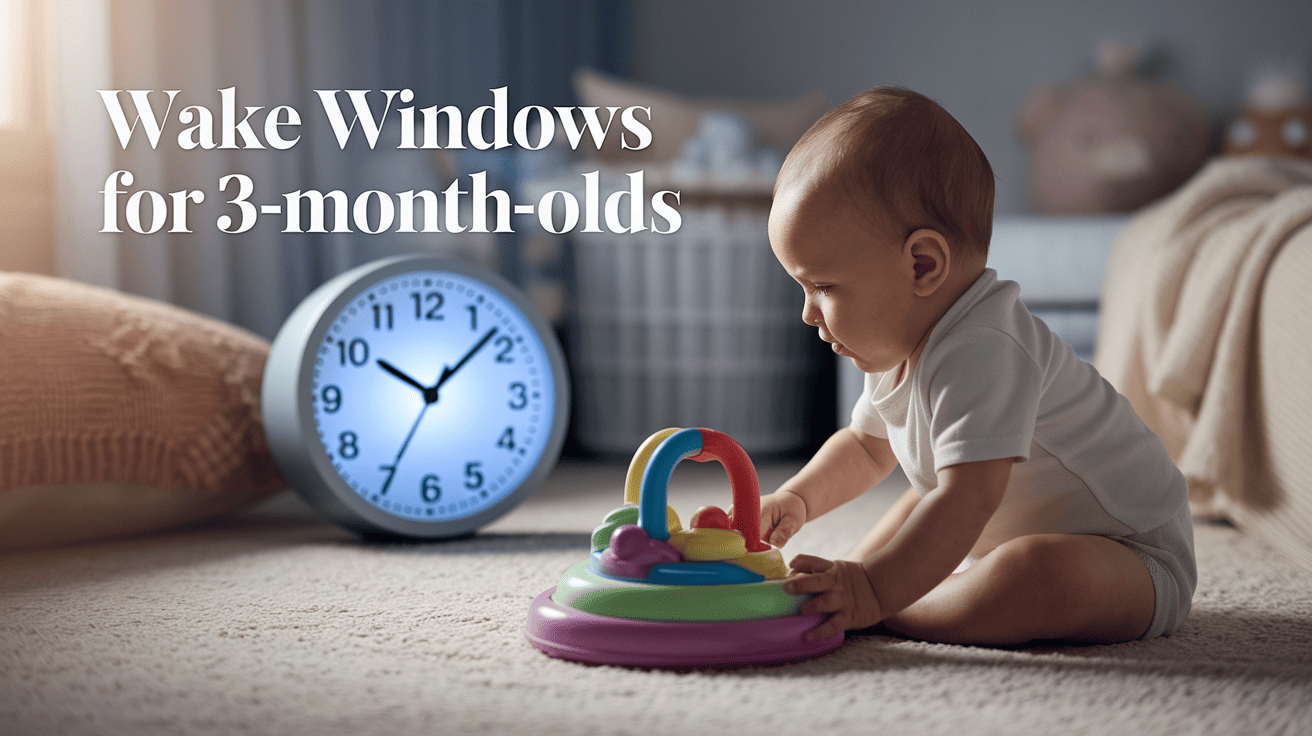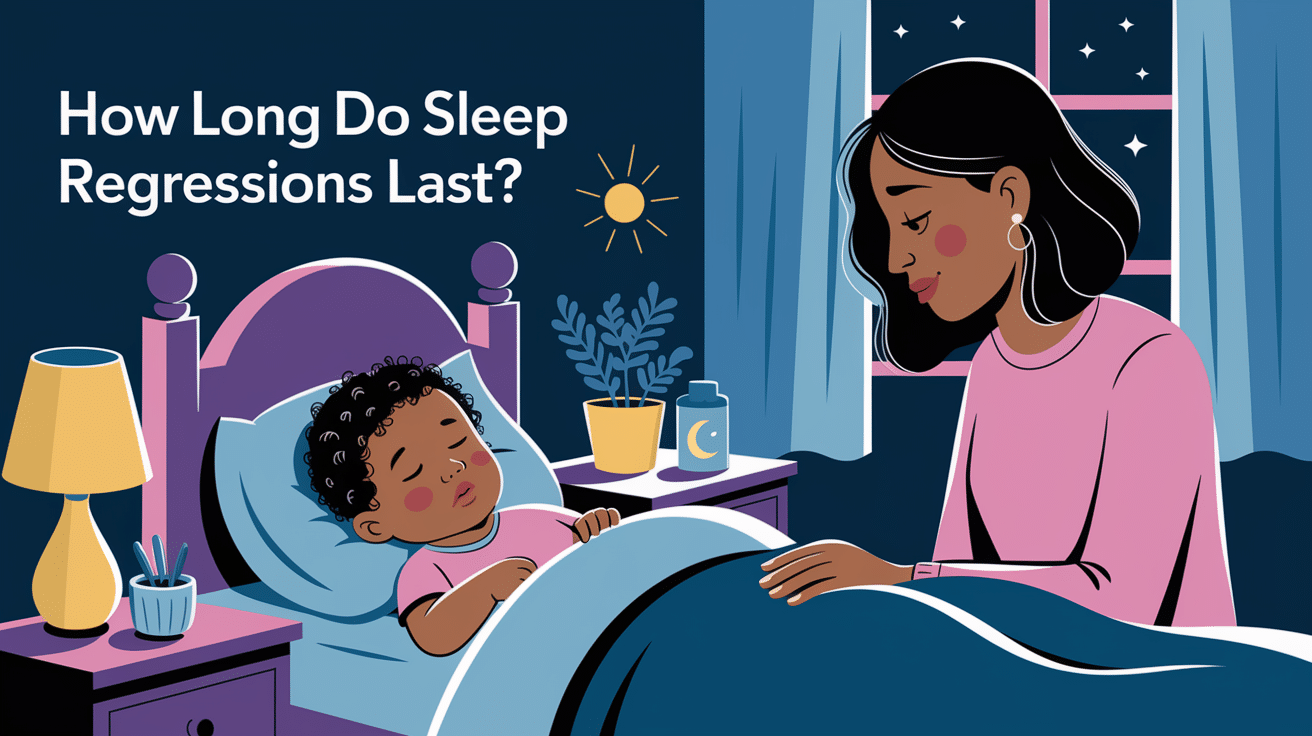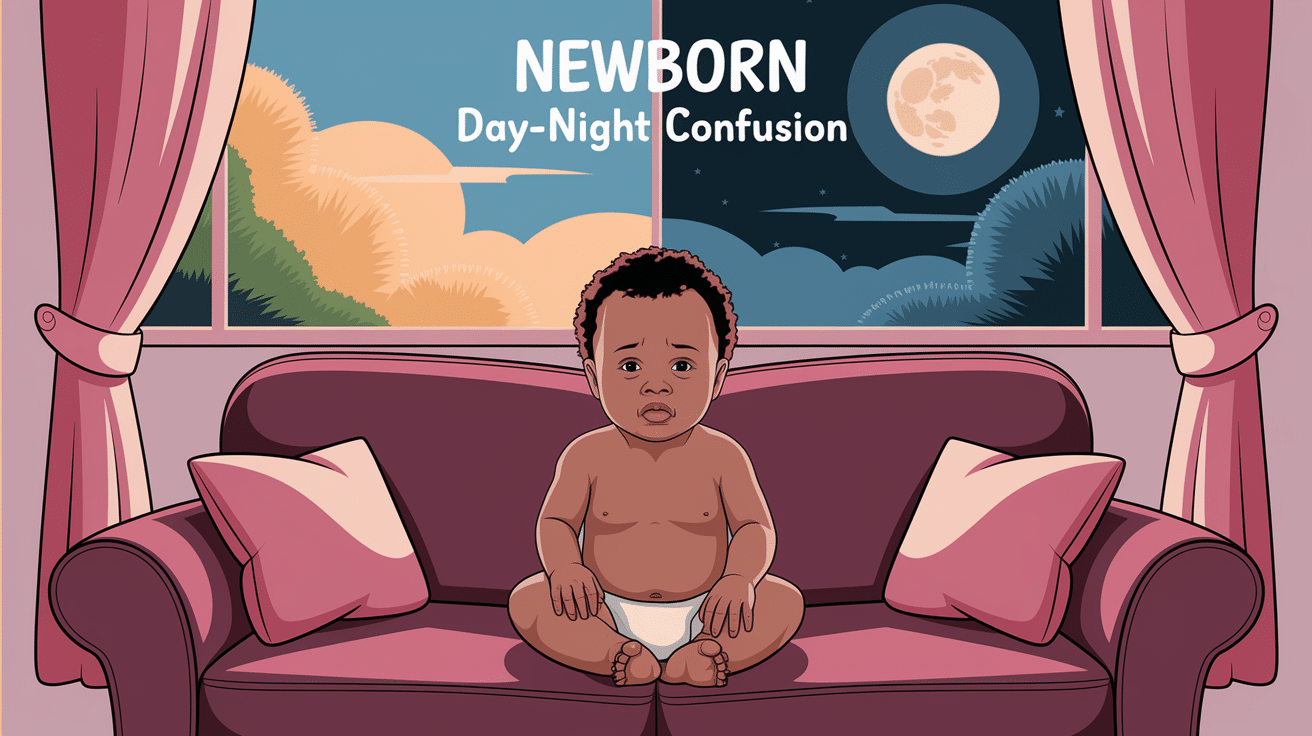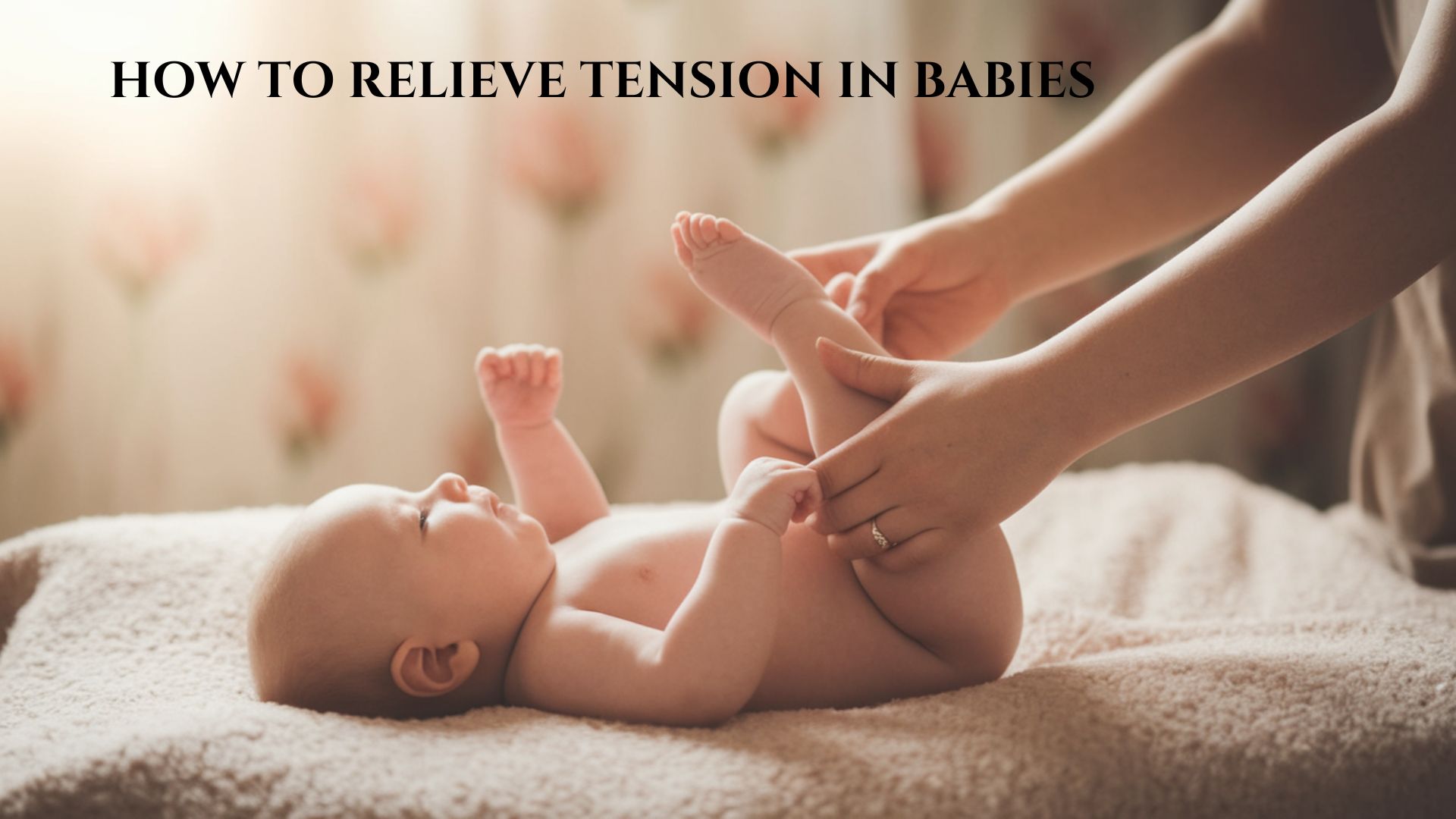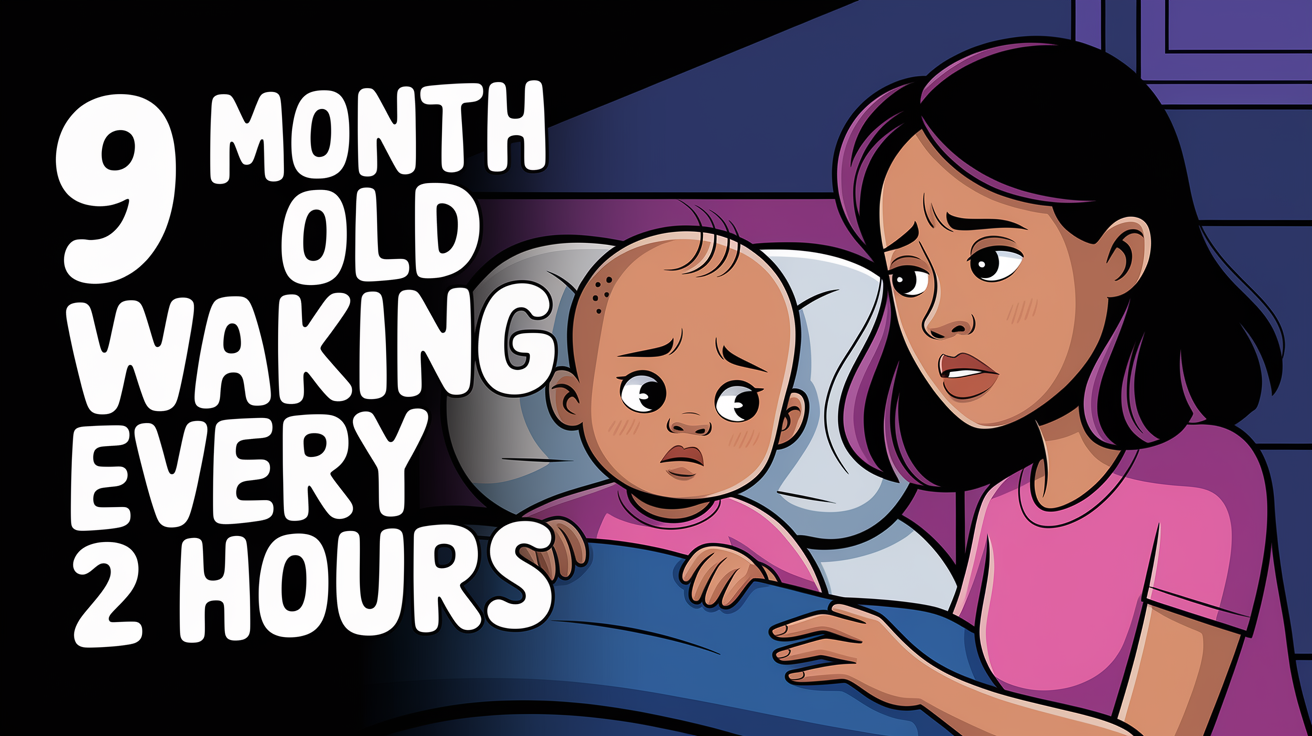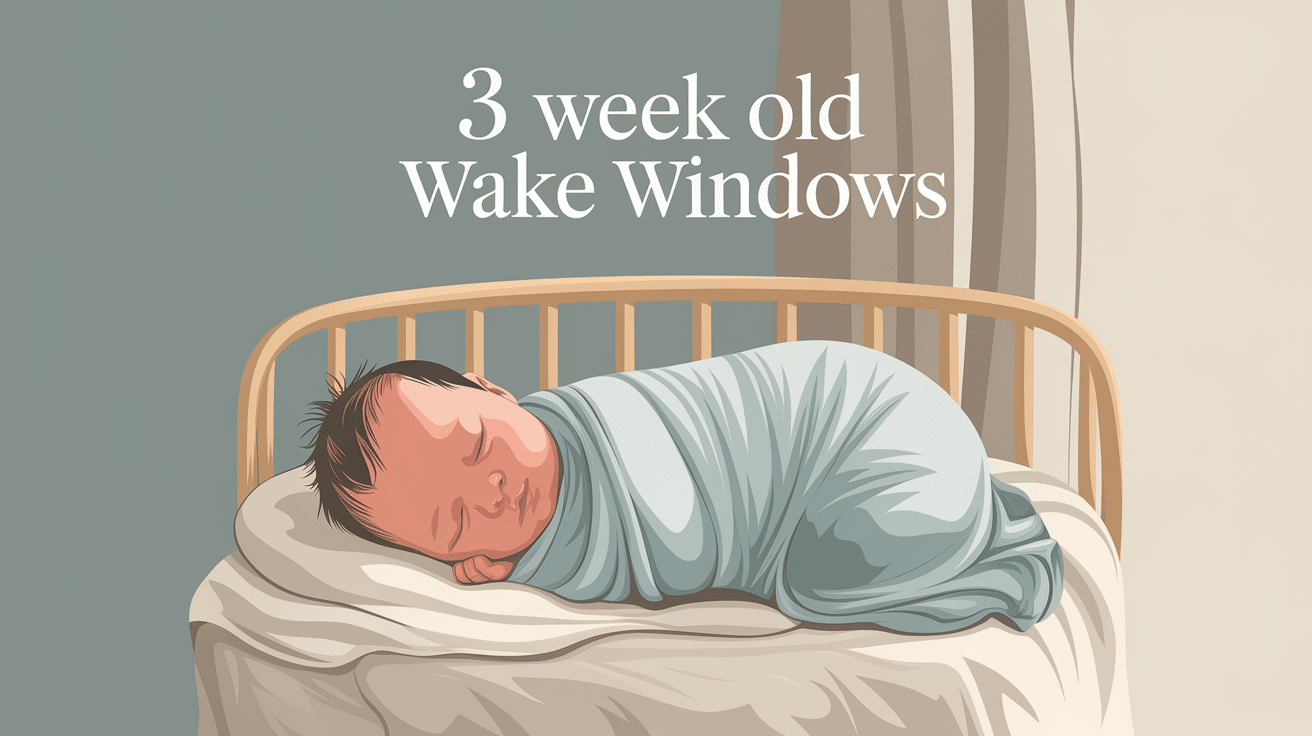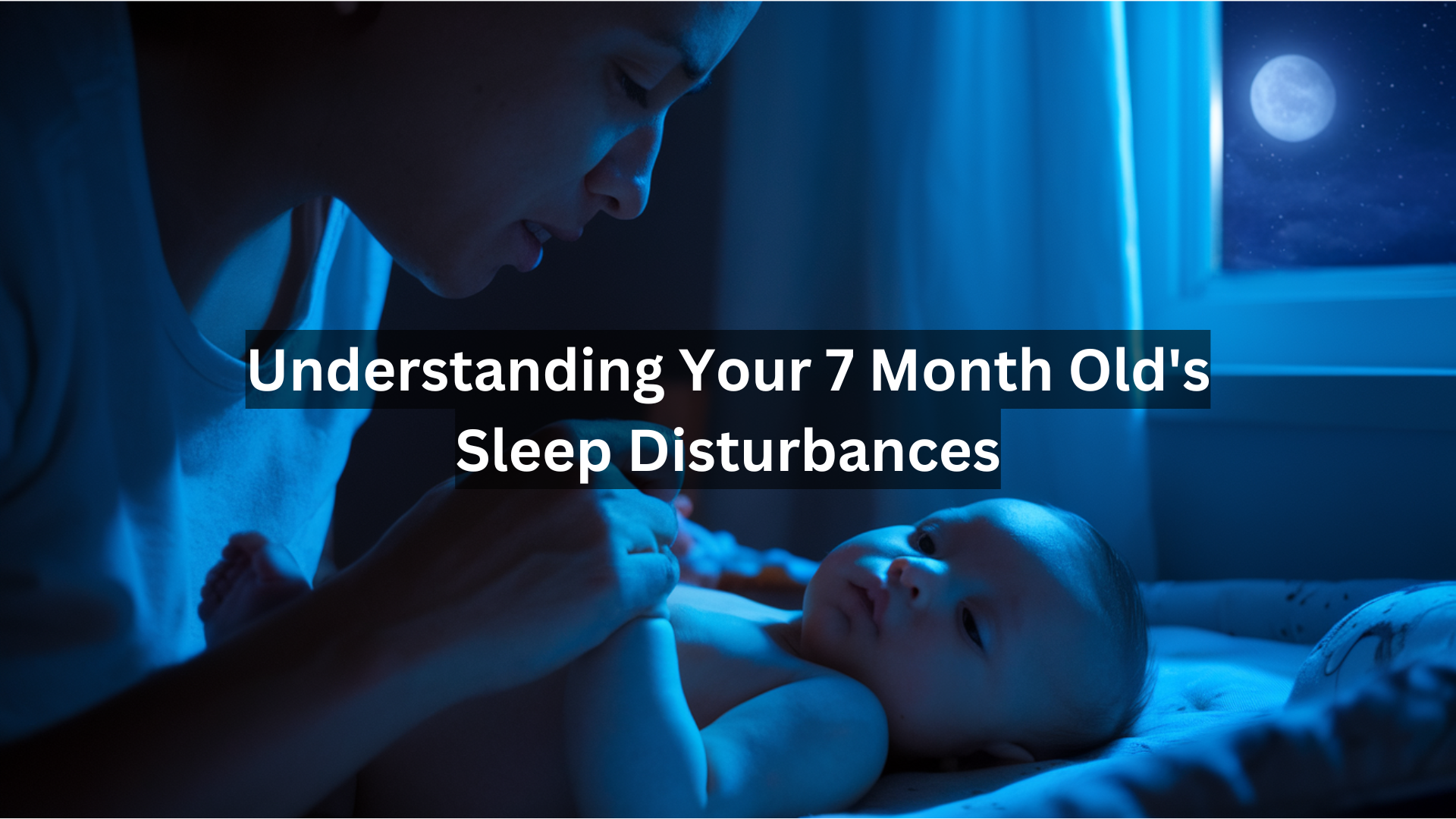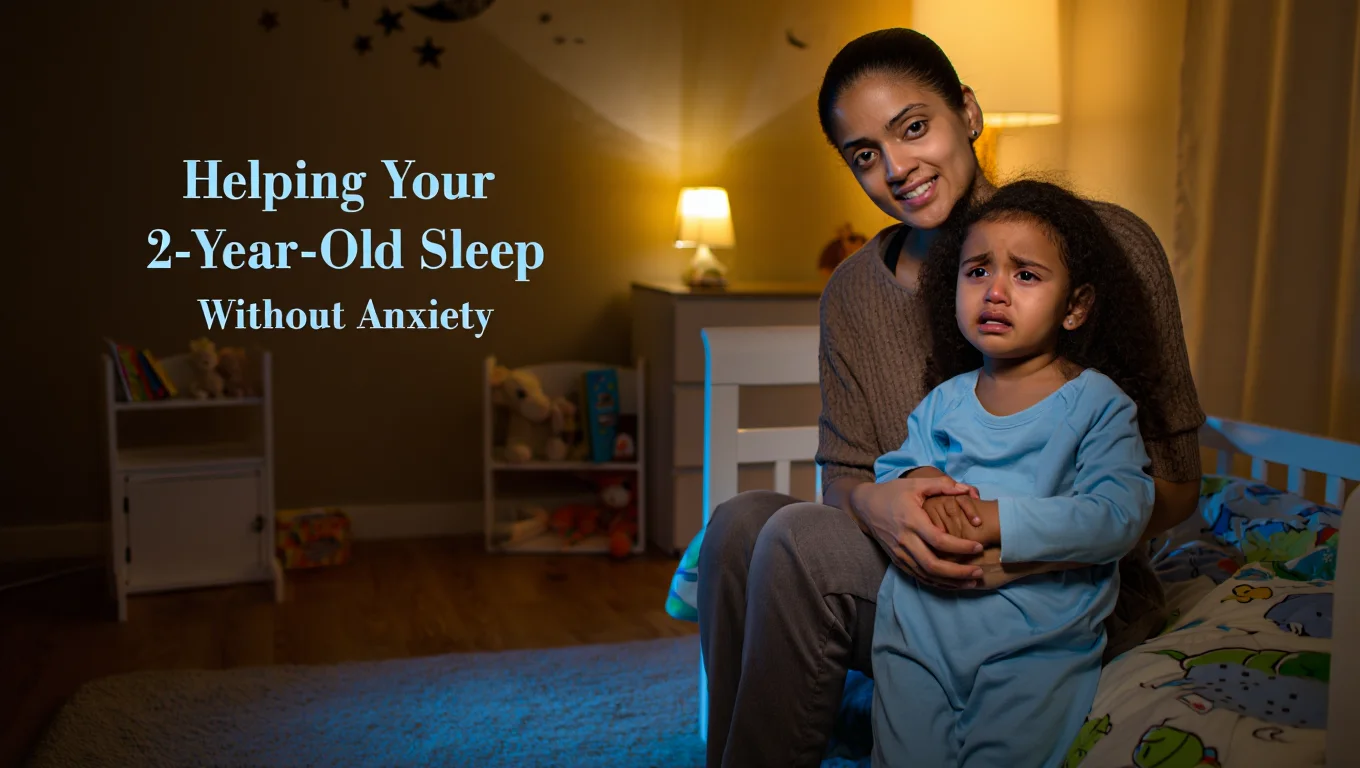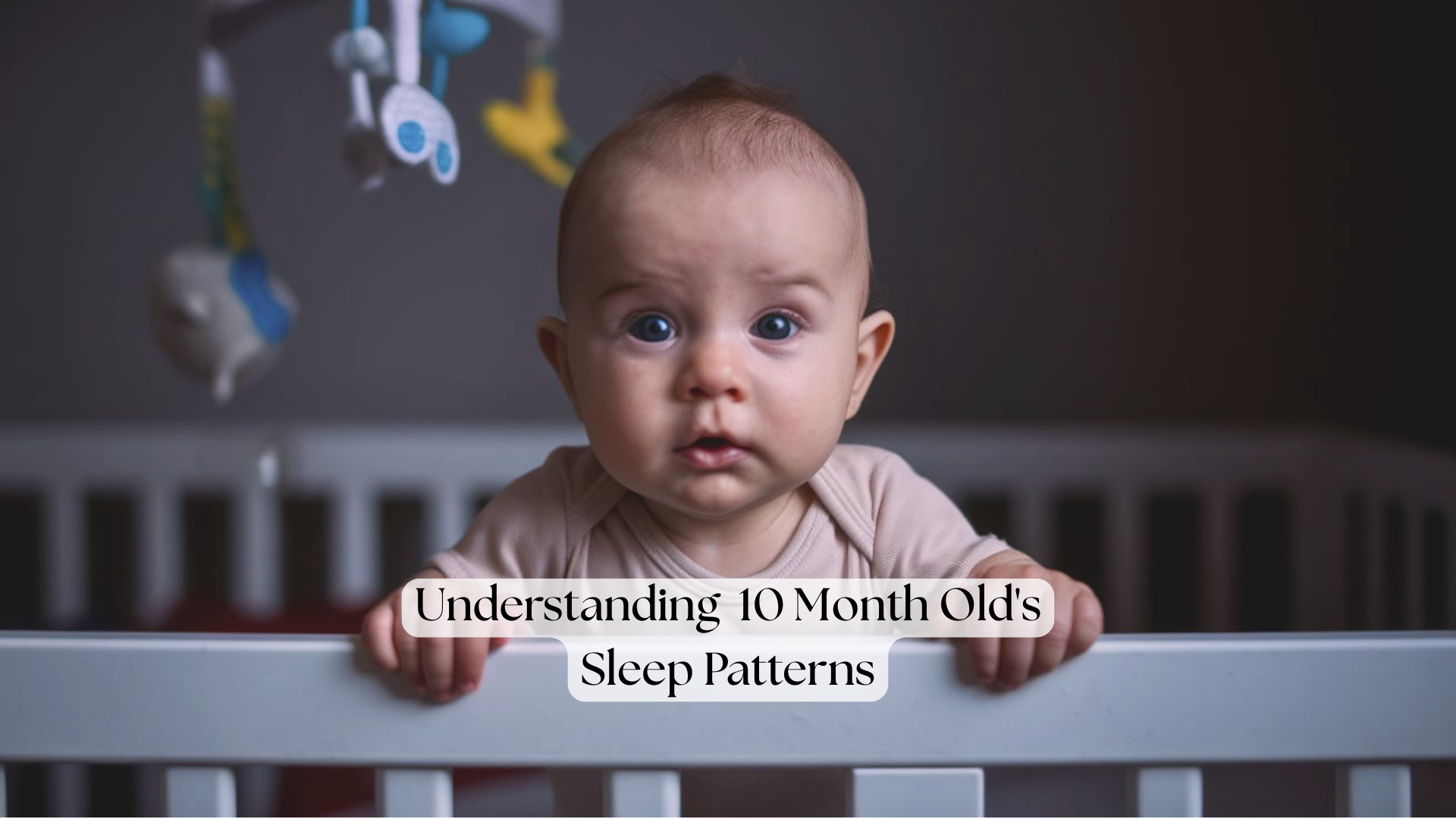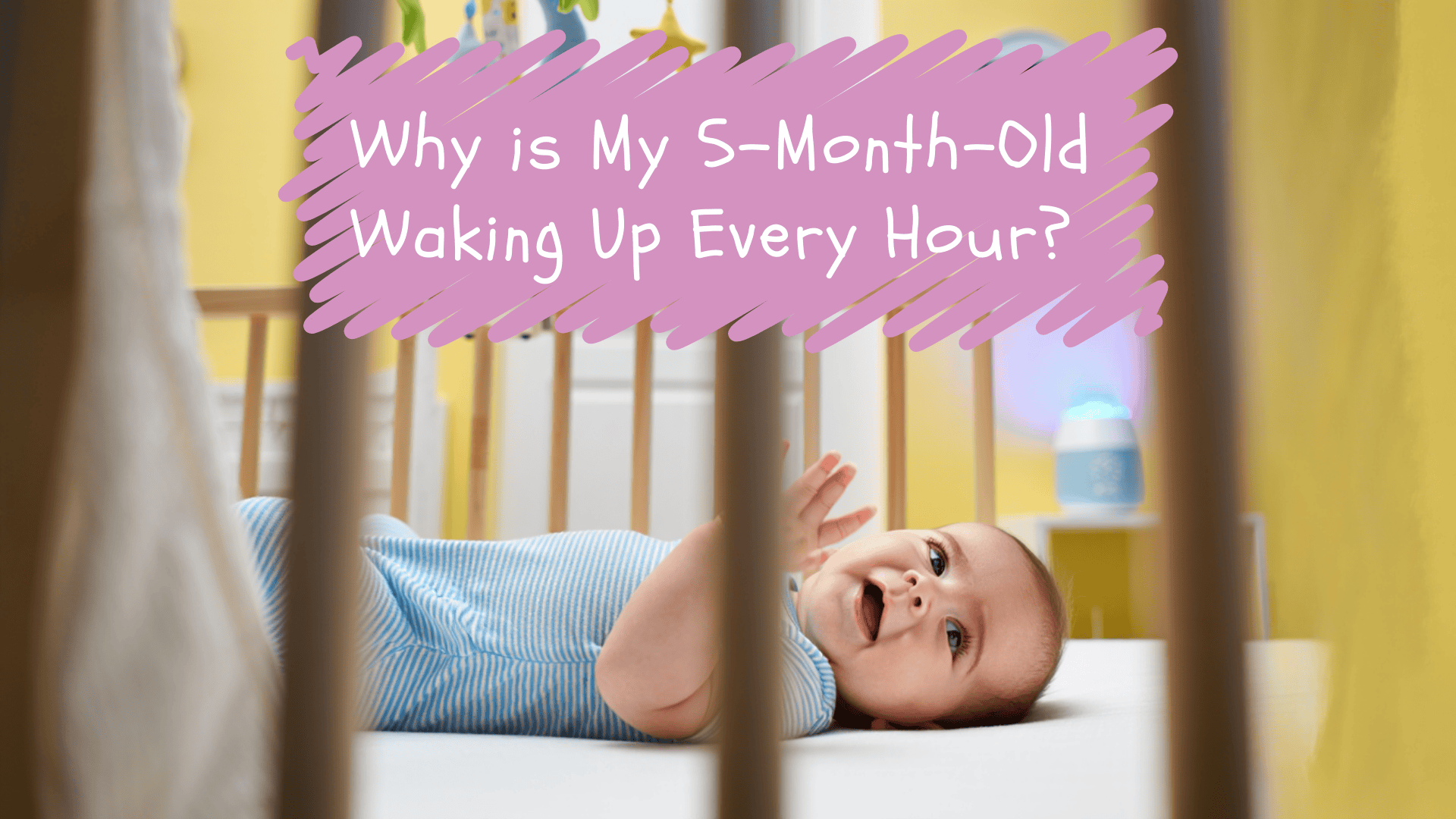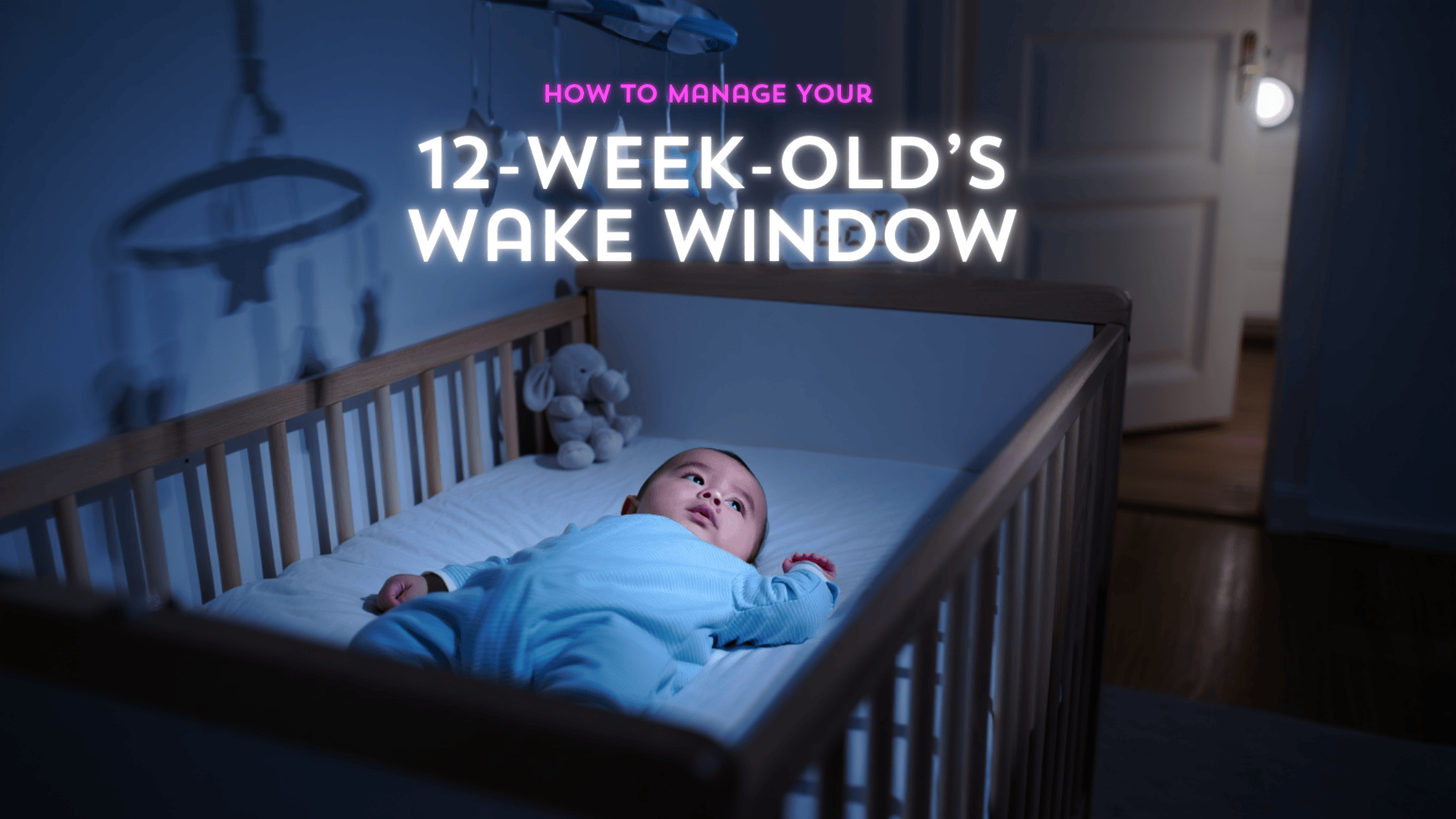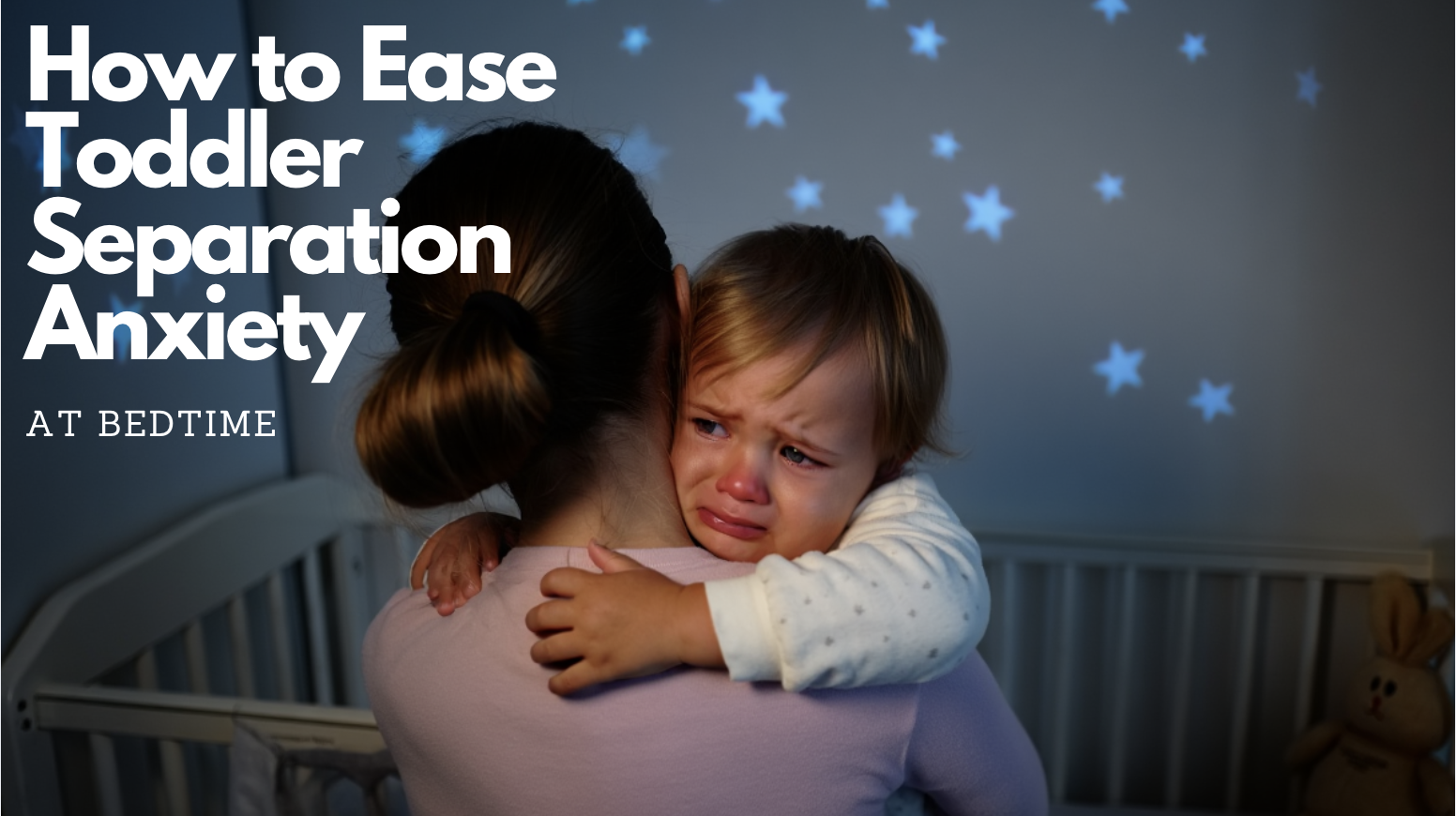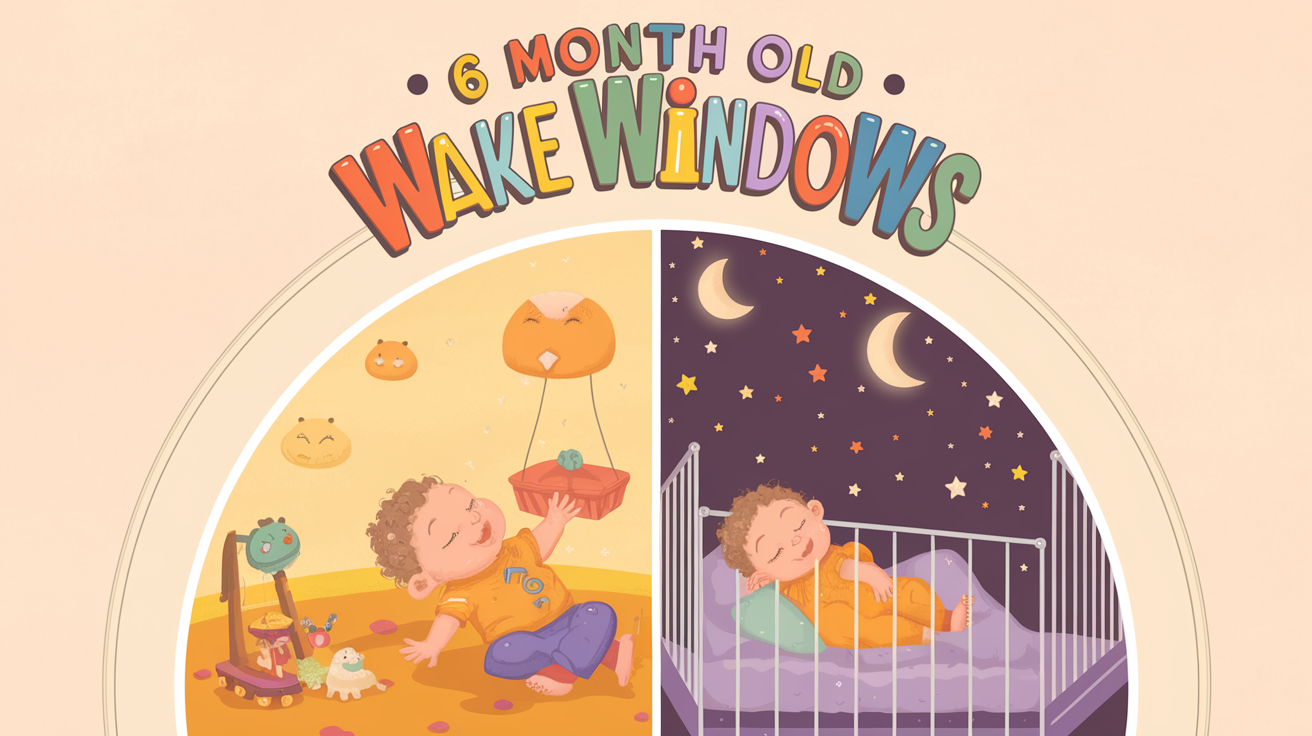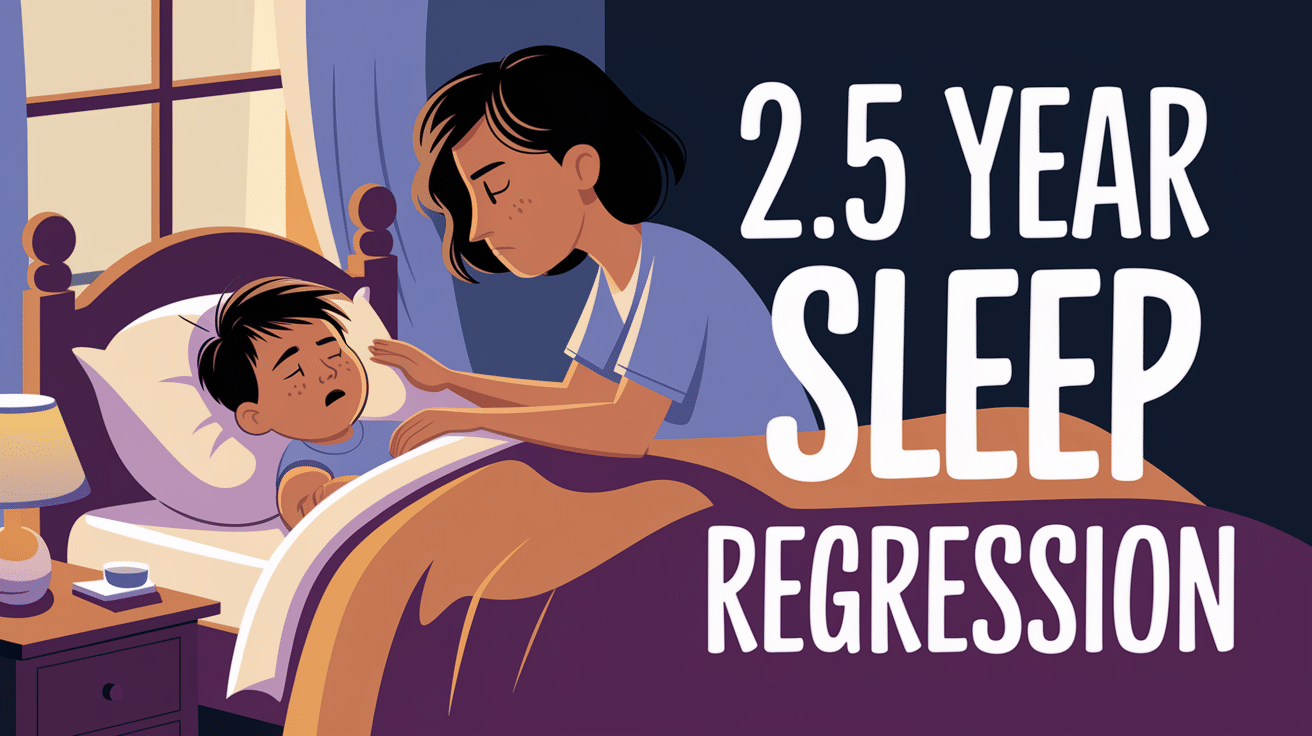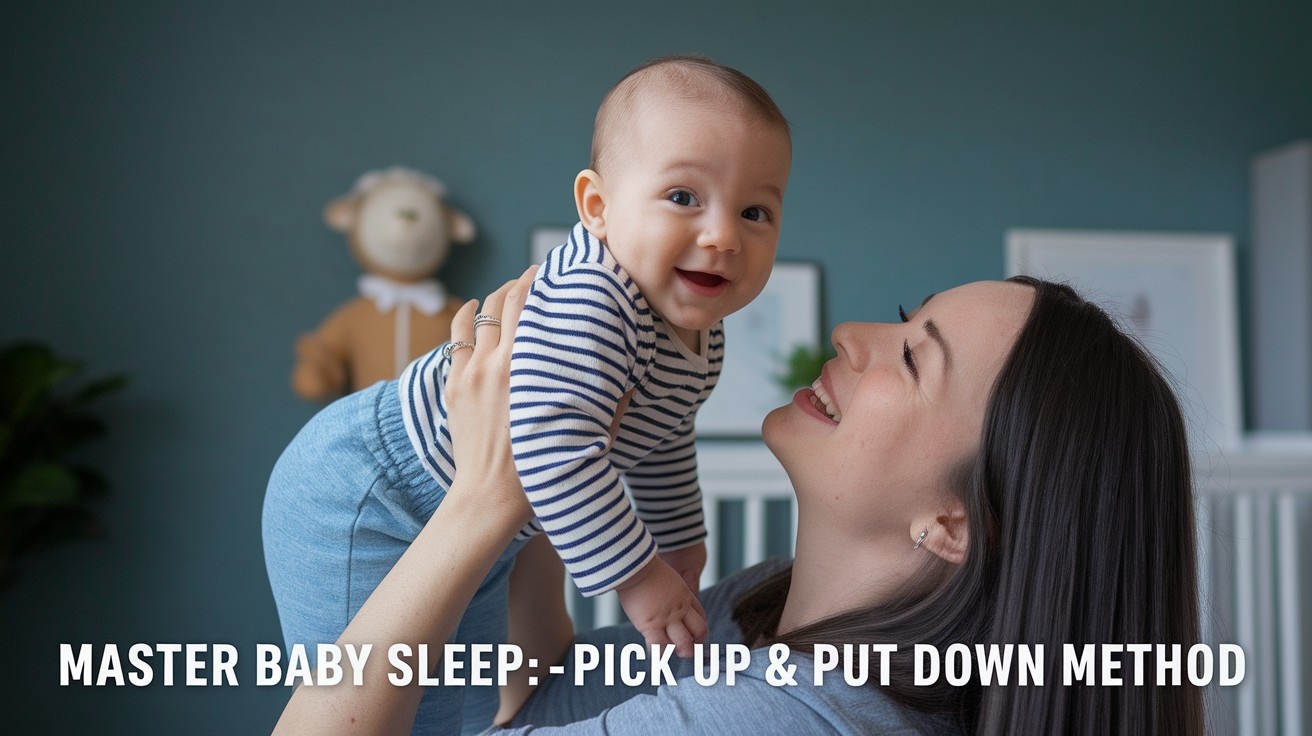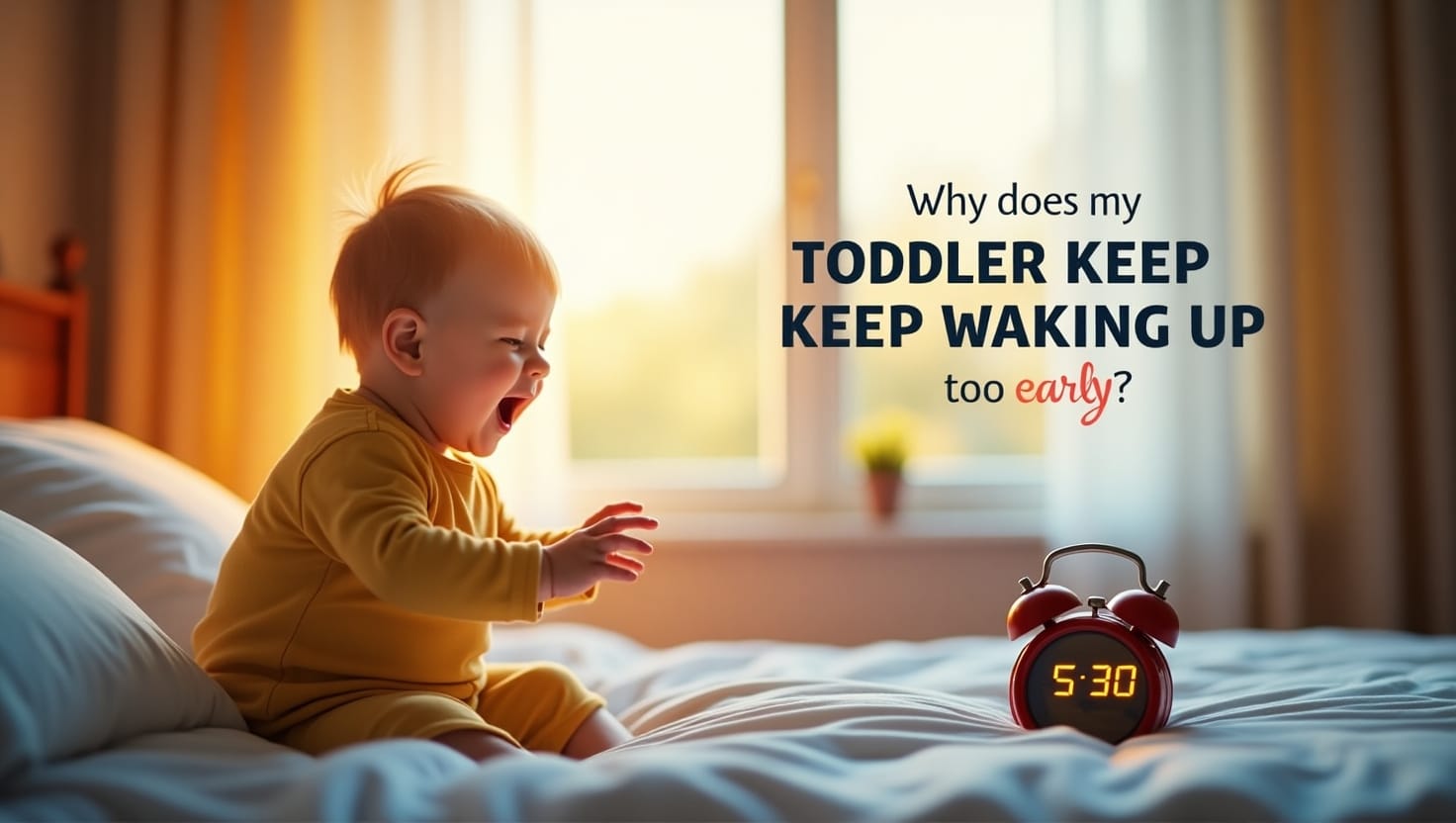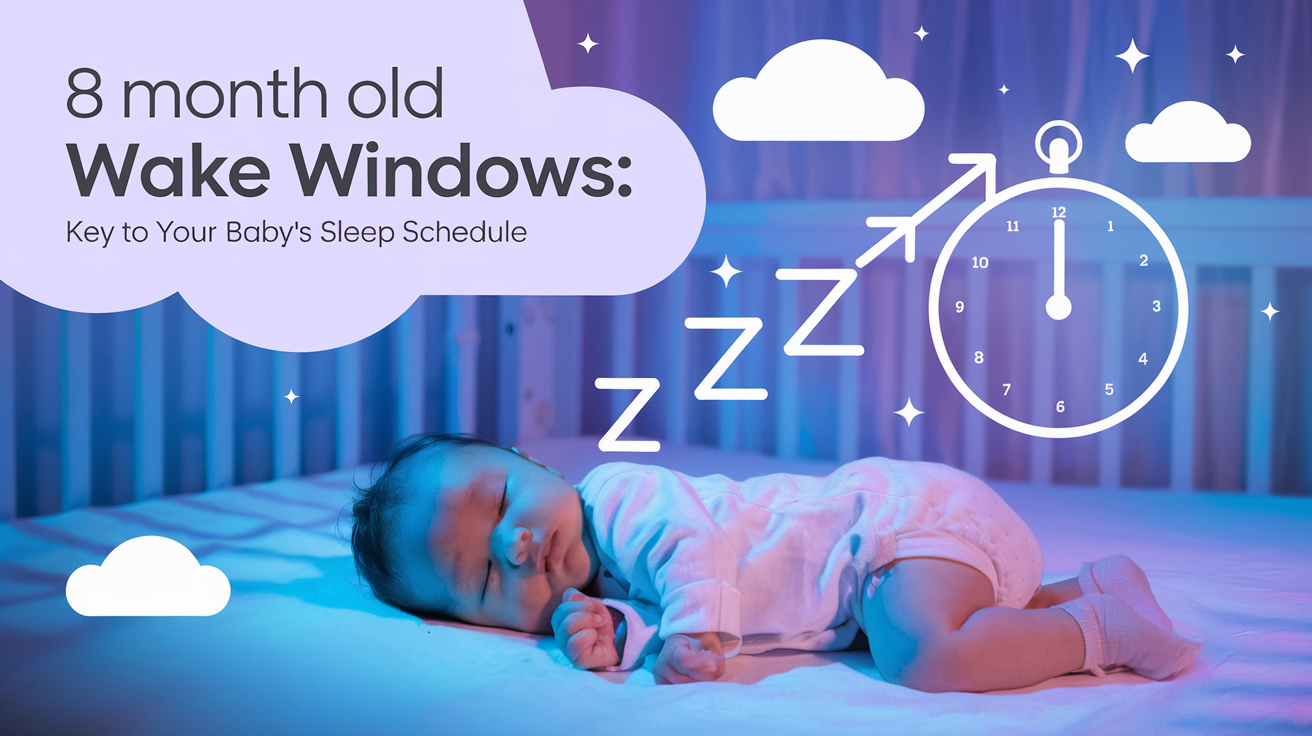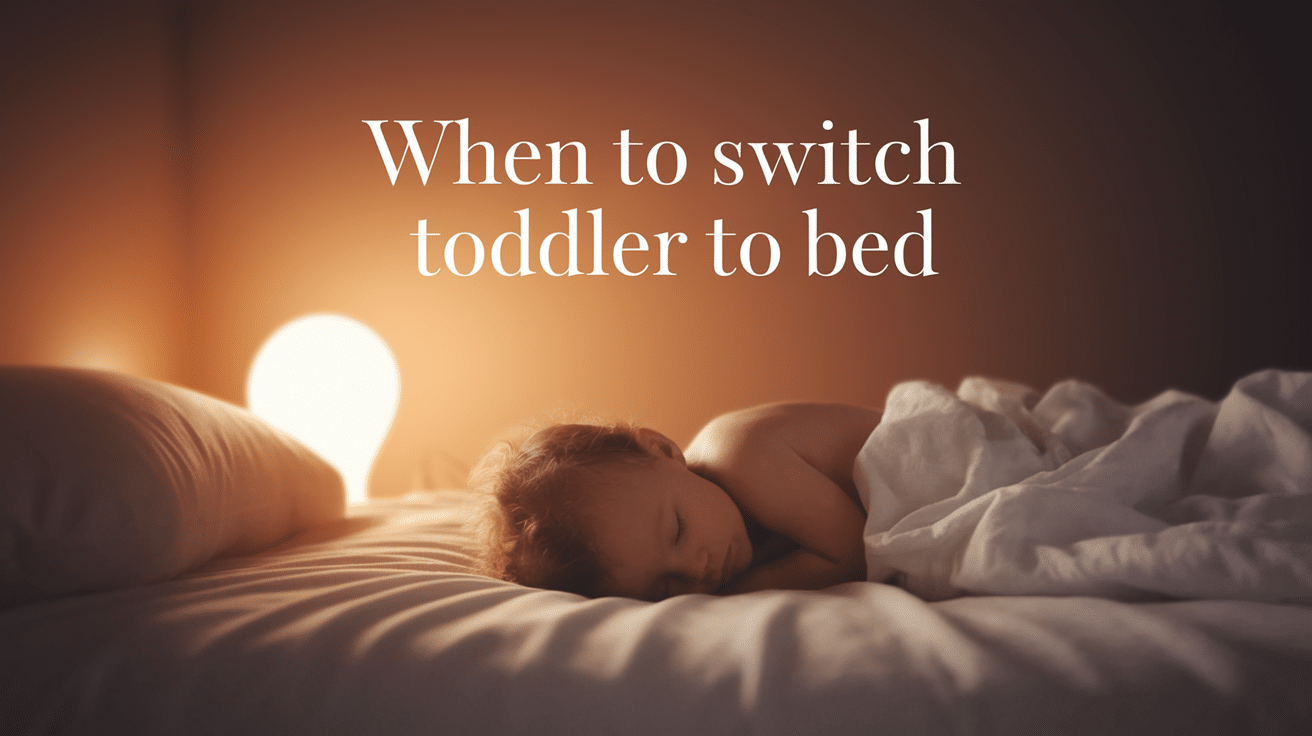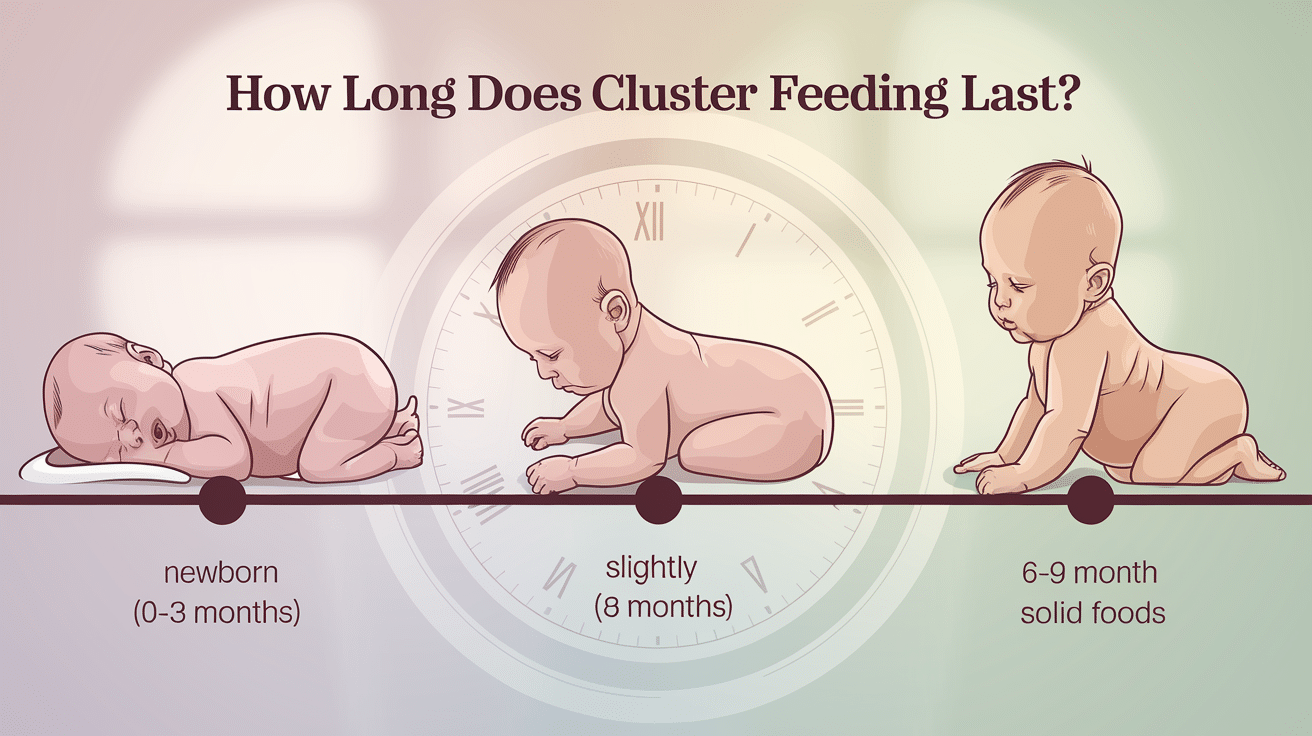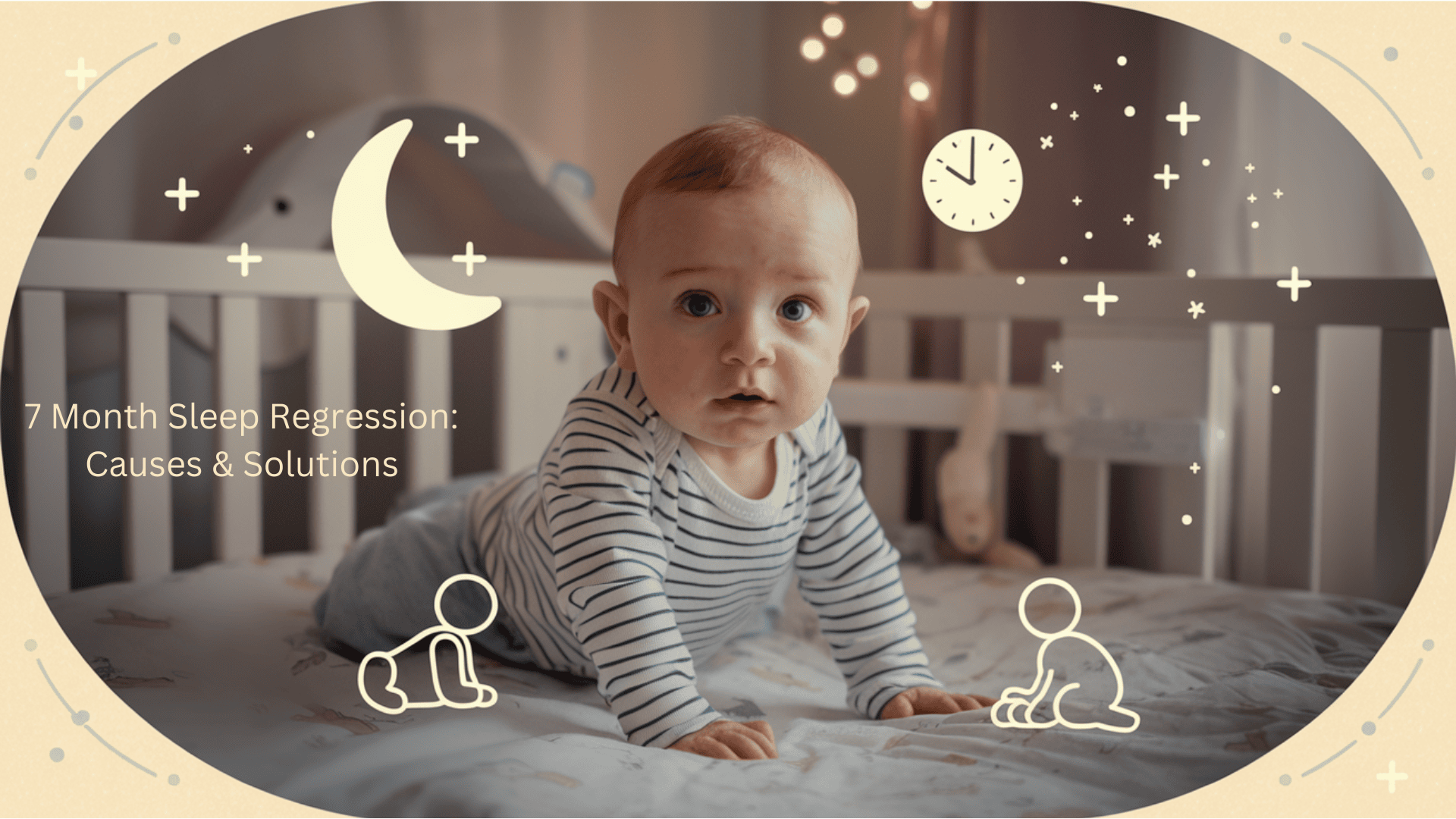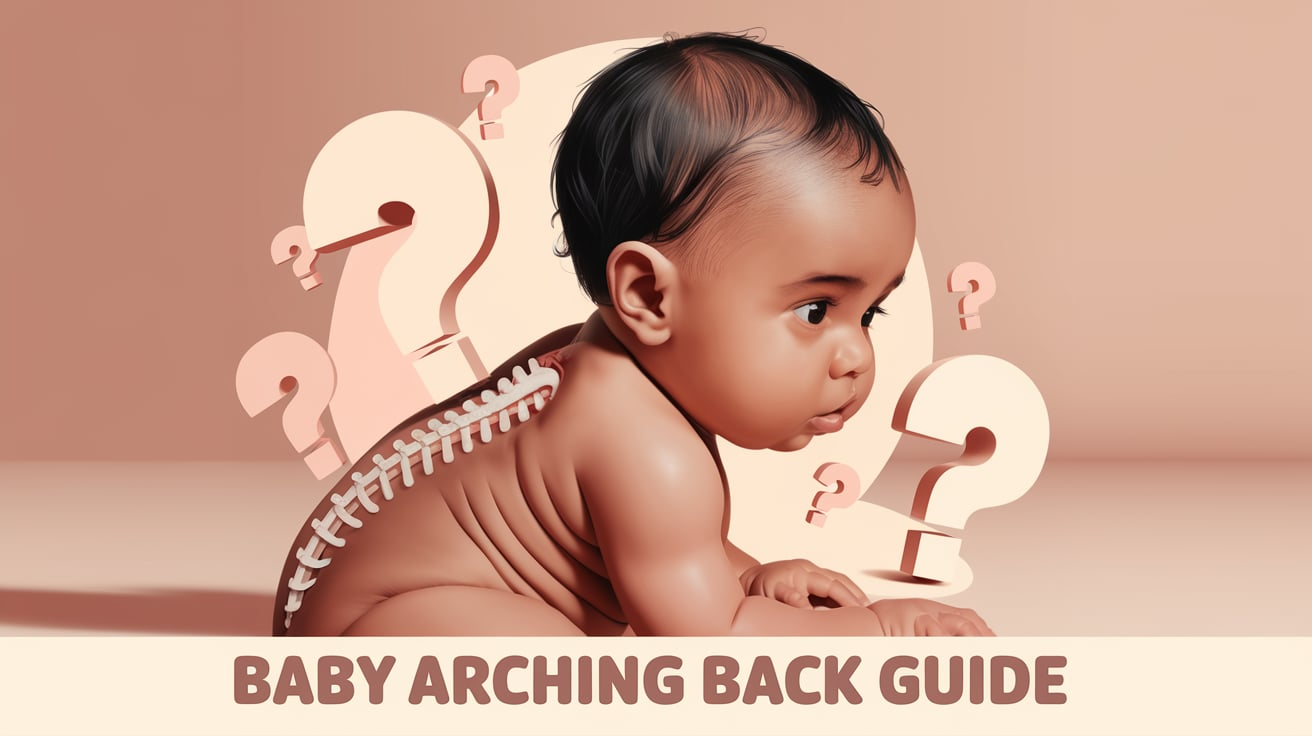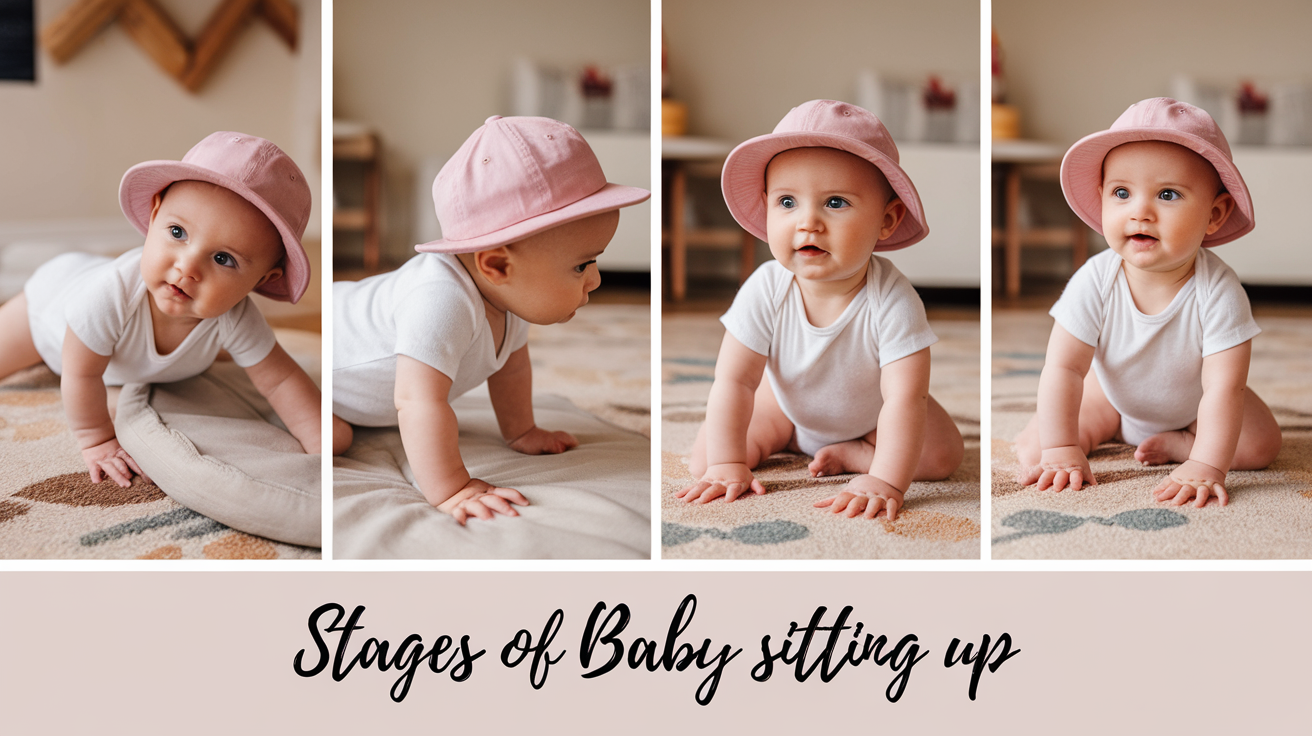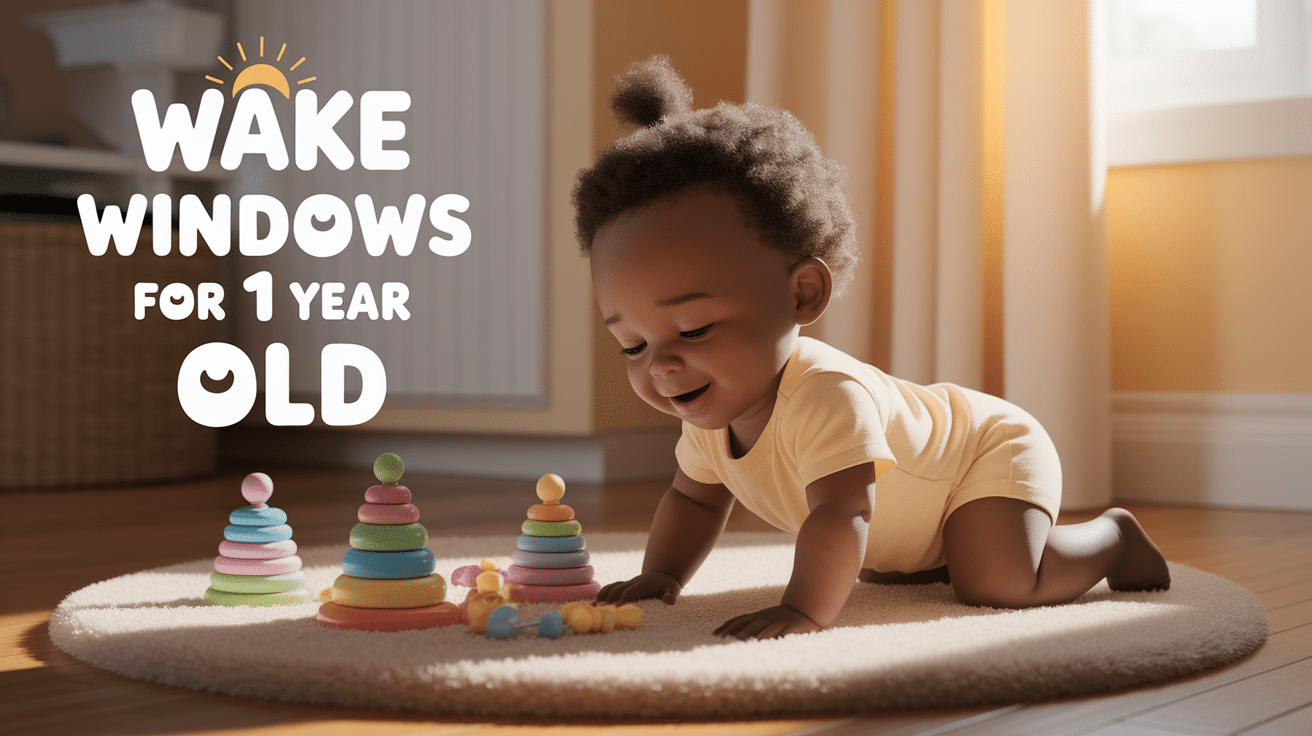
Ever wondered why your little one changes from angel to cranky monster in what seems like minutes? Welcome to the charming world of wake windows for 1-year-olds!
Wake windows—the time your baby can happily stay awake between naps—are crucial developmental milestones that directly impact mood, nighttime sleep, and cognitive development.
At age one, most children transition to 1-2 naps daily with wake windows extending to 3-5 hours.
Fun fact: A child who consistently exceeds their optimal wake window may release cortisol (the stress hormone), making it harder for them to settle down!
By understanding and respecting these biological rhythms, you’ll open smoother days and more peaceful nights and support your child’s growing brain.
This guide will help you identify your one-year-old’s ideal wake windows and create routines that work for your unique little human.
Wake Windows: Key to Better Baby Sleep
Wake windows are the periods when your baby is awake between sleep times. These intervals represent the optimal amount of time a baby can stay awake before becoming overtired.
Appropriate wake windows dramatically impact sleep quality. Babies who are put down within their ideal wake window typically fall asleep faster and stay asleep longer.
These timing windows directly affect mood and behavior, too. An overtired baby often becomes fussy and difficult to soothe, while an undertired one may resist sleep altogether.
Wake windows play a crucial role in development as they provide the right balance of stimulation and rest for growing brains. During awake periods, babies learn through interaction and play.
As babies mature, these windows gradually extend. A newborn might stay awake for just 45 minutes, while a 12-month-old can handle 3-4 hours of wakefulness before needing sleep again.
Wake Windows for 1-Year-Olds (12-18 months)
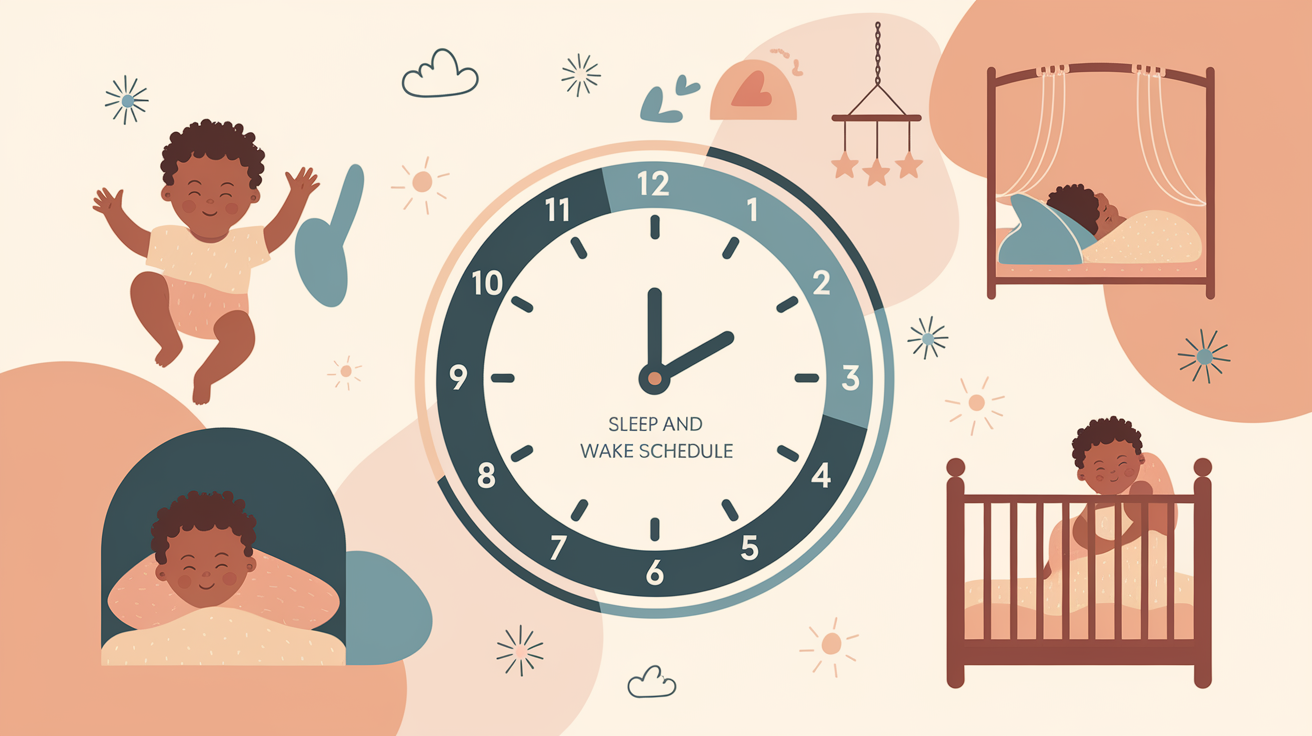
Most 1-year-olds thrive with 2-3 hours of wake time between sleep periods. As they approach 18 months, this extends to 4-5 hours, especially before bedtime.
Nap transitions significantly impact wake windows. Children transitioning from two naps to one often need adjusted schedules with longer morning wake periods (3-4 hours) and shorter afternoon stretches to prevent overtiredness.
Developmental milestones like walking or language bursts may temporarily disrupt normal patterns. During these periods, some children need slightly shorter wake windows as their brains process new skills.
Sample schedule (12-15 months):
| TIME | ACTIVITY | WAKE WINDOW |
|---|---|---|
| 7:00 AM | Wake | — |
| 9:30–11:00 AM | Nap 1 | 2.5 hours |
| 2:00–3:00 PM | Nap 2 | 3 hours |
| 6:30–7:00 PM | Bedtime | 3.5 hours |
Wake Window Signs: Too Long or Too Short

Wake windows are the periods your baby stays awake between sleep. Finding the right balance is crucial for quality sleep and development.
1. Overtiredness Signs
Rubbing eyes and frequent yawning are classic signs of an overtired baby. Increased fussiness or inconsolable crying often indicates that the baby has been awake too long. Look for decreased focus, clinginess, or paradoxical hyperactivity.
Watch for physical cues like back arching, ear pulling, or avoiding eye contact. Overtired babies may fight sleep despite desperately needing it. Their feeding patterns might change, with disinterest or distracted nursing/bottle feeding.
2. Under-tiredness Signs
Short naps (under 45 minutes) often indicate insufficient wake time before sleep. A happy, content baby who resists the crib isn’t ready for sleep yet. Playfulness and increased energy at bedtime suggest a too-short wake window.
Early morning waking with alertness points to under-tiredness the previous day. Babies may seem confused by sleep attempts when not sufficiently tired. Watch for engaged play and active body movements when you try to initiate sleep.
3. Reading Your Baby’s Signals
Each baby communicates fatigue differently, so observe your child’s unique patterns. The transition from happy to overtired can happen quickly in younger babies. Timing is essential—look for early signs rather than waiting for obvious exhaustion.
Create a sleep journal to track patterns between wake times and sleep quality. Consistency in observation helps identify your baby’s personal “sweet spot” for sleep. Trust your instincts while building experience reading your baby’s signals.
Ideal Daily Schedule Using Wake Windows for 1 Year Old
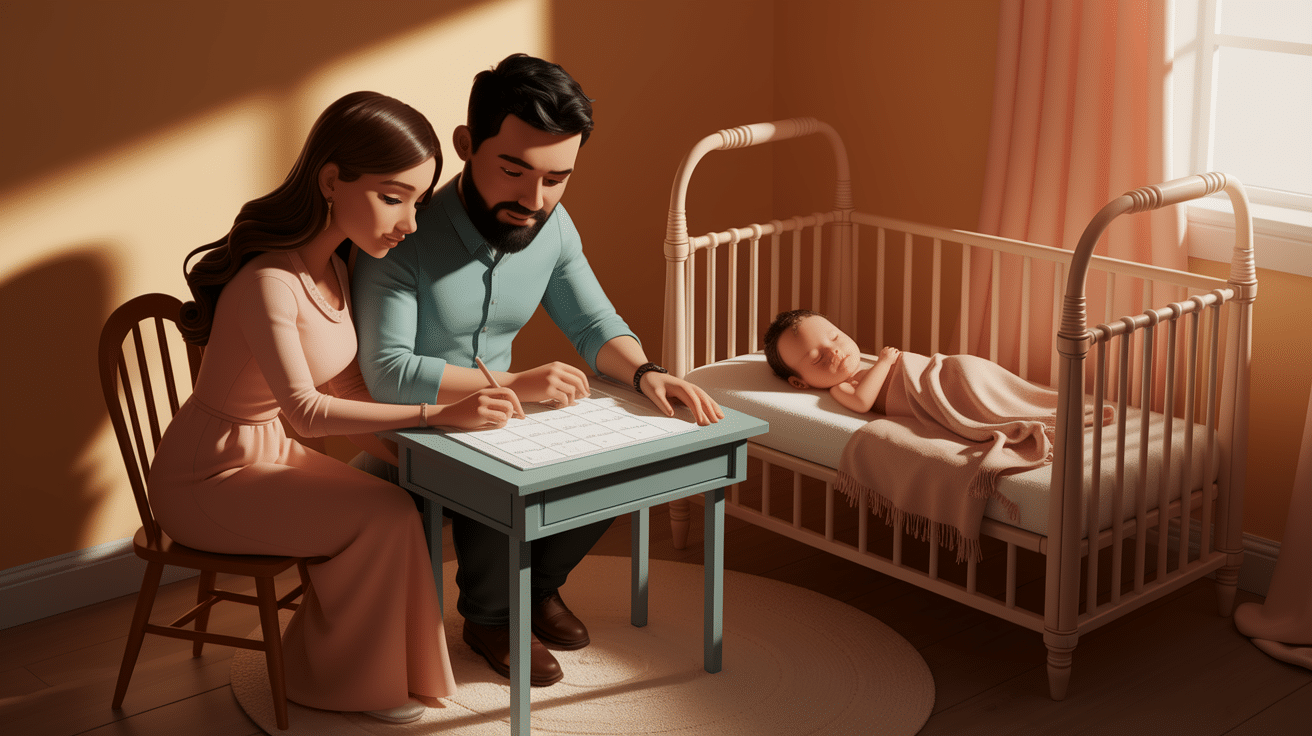
At 12 months, most babies transition between 1-2 naps with wake windows for 1-year-olds typically ranging from 3-4 hours.
Two-Nap Schedule
| TIME OF THE DAY | ACTIVITY |
|---|---|
| Morning (6–7 AM) | Wake, breakfast |
| 9:30–10:30 AM | First Nap |
| Late Morning | Lunch, play, outdoor time |
| 2:00–3:00 PM | Second Nap |
| Evening | Dinner, bath, bedtime routine |
| 7:00–8:00 PM | Bedtime |
One-Nap Schedule
| TIME OF THE DAY | ACTIVITY |
|---|---|
| Morning (6–7 AM) | Wake, breakfast, active play |
| 12:00–2:00 PM | Midday Nap |
| Afternoon | Snack, quieter activities |
| 7:00–8:00 PM | Bedtime |
Remember that every baby is unique. Watch for tired signs like eye rubbing or fussiness rather than strictly following the clock. Adjust routines based on your child’s natural rhythm and energy levels for a happier, well-rested toddler.
Tips for Adjusting Wake Windows as Your Baby Grows
As your baby develops, their sleep needs evolve, requiring adjustments to their wake windows—the time they spend awake between sleep periods.
When transitioning from two naps to one (typically between 12 and 18 months), watch for signs like consistently refusing the second nap or taking too long to fall asleep at bedtime.
Then, gradually push the morning nap later until it lands around midday. Make wake window changes gradual, extending by just 15 minutes every few days while paying attention to your baby’s sleepy cues, like eye rubbing or fussiness.
Remember that morning wake windows are usually shorter than afternoon ones. Be flexible during growth spurts or developmental leaps, as your baby might temporarily need more sleep.
Understand that sleep regressions often coincide with major milestones like crawling or walking.
Special Tip: Always adjust wake windows based on your baby’s behavior, not just their age—flexibility is key during transitions and growth spurts.
Common Mistakes Parents Make with Wake Windows
Parents often follow wake windows too rigidly, checking the clock obsessively rather than reading their baby’s unique cues. This leads to overtired or undertired babies who struggle to settle.
Many skip proper wind-down routines, expecting babies to transition instantly from play to sleep. This abrupt change confuses babies’ developing nervous systems. Another mistake is misinterpreting normal fussiness as tiredness.
Not all crying means sleep time—sometimes, babies need a change of scenery or activity. Some parents also maintain identical wake windows regardless of how their baby slept previously.
A baby who napped poorly likely needs a shorter wake window before the next sleep period.
Finally, ignoring environmental factors can undermine even perfect timing. Bright lights, loud noises, or overstimulation during what should be a calming pre-sleep period can make it impossible for babies to settle, regardless of perfect wake window timing.
The most common mistake is rigidly following the clock instead of tuning into the baby’s unique sleep cues.
When to Seek Help with Sleep Issues?
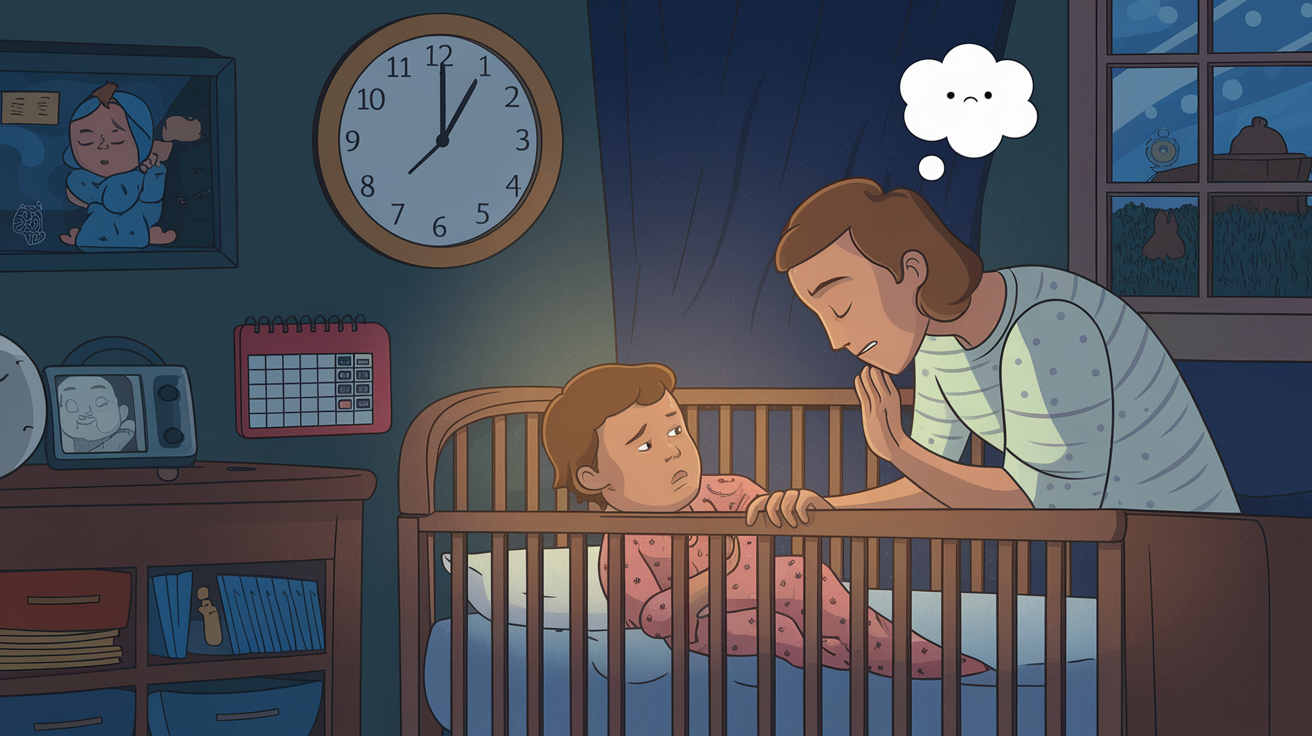
While every child’s sleep patterns develop uniquely, certain signs warrant professional attention. Persistent difficulty falling asleep that extends beyond 30 minutes may indicate underlying issues requiring intervention.
Frequent night-waking (more than 2-3 times) that disrupts your child’s rest cycle could signal sleep associations that need addressing. Multiple night-wakings often leave both parents and children exhausted.
Extreme bedtime resistance that turns into tearful battles might point to anxiety or scheduling problems that a professional can help guide. These struggles can strain parent-child relationships.
Snoring, gasping, or unusual breathing patterns during sleep should never be ignored, as they could indicate sleep apnea. Early intervention for breathing issues is crucial for healthy development.
Trust your parental instinct—if sleep problems are affecting your child’s daytime mood, behavior, or family well-being, seeking professional guidance is appropriate.
Summing It Up
Wake windows—the time between naps—are crucial for your 1-year-old’s development and mood regulation. Following age-appropriate wake windows helps prevent overtiredness and ensures quality sleep.
Consistency creates security for your little one, establishing healthy sleep patterns that benefit their physical and cognitive development.
However, flexibility is equally important, as rigid schedules can create unnecessary stress during developmental leaps or illness.
Remember that each child is unique. Some naturally need longer wake periods, while others require more sleep. Trust your instincts and adjust based on your child’s cues rather than strictly following prescribed timelines.
The experience of parenting involves continuous learning and adaptation. By balancing structure with flexibility, you’re not just supporting your child’s sleep needs—you’re teaching them valuable self-regulation skills that will benefit them throughout life.
If you’re interested in more informational content on mothers and babies, feel free to click here and explore other blogs that you might enjoy.

